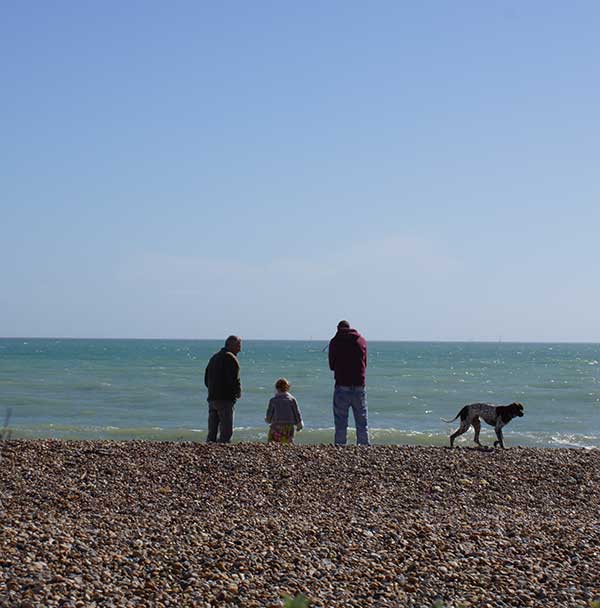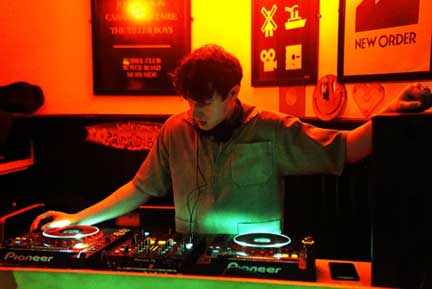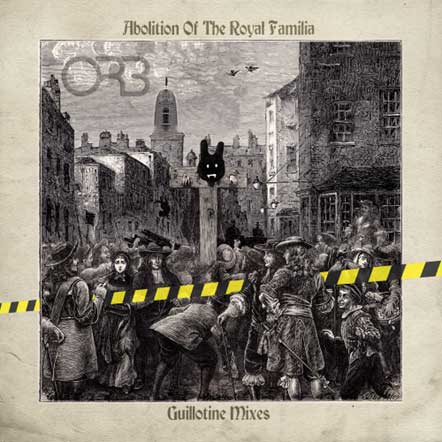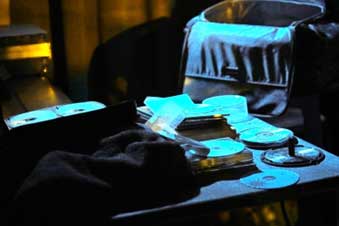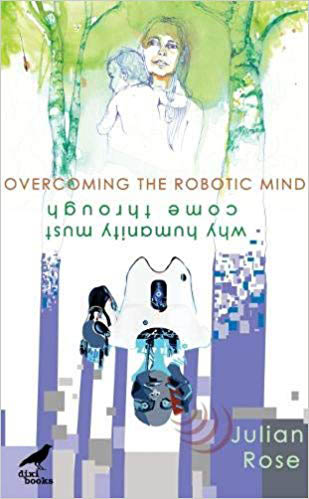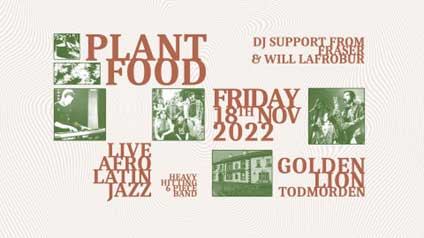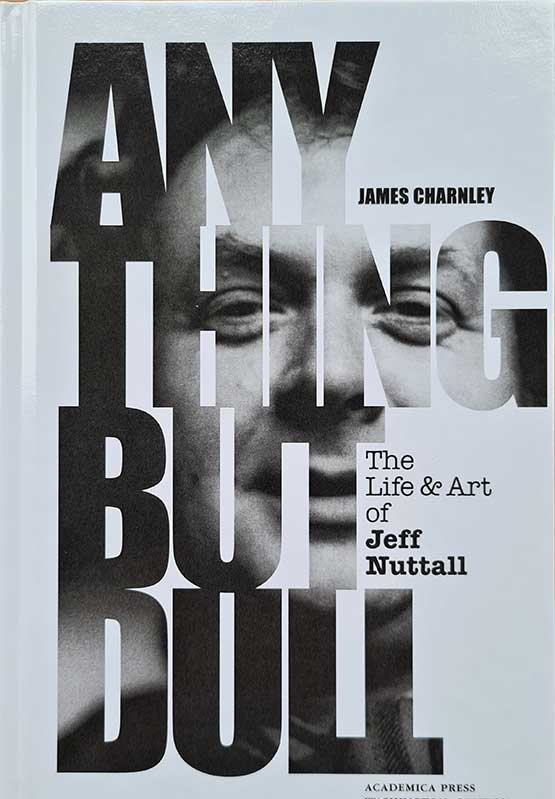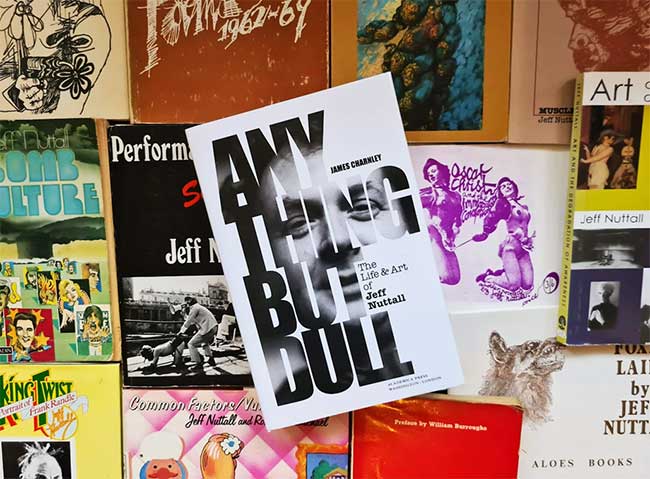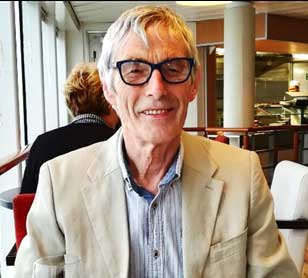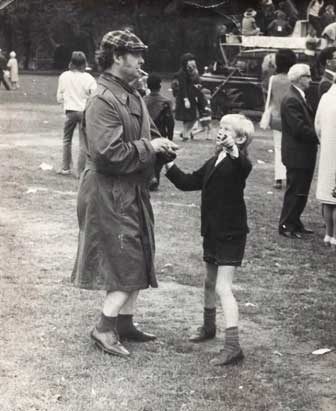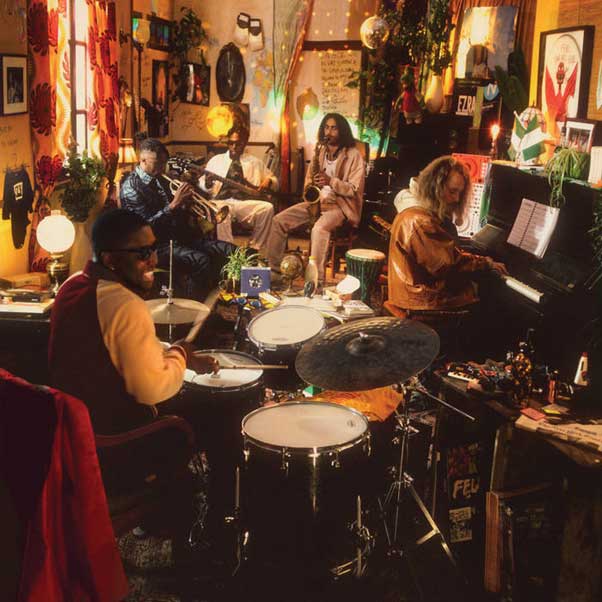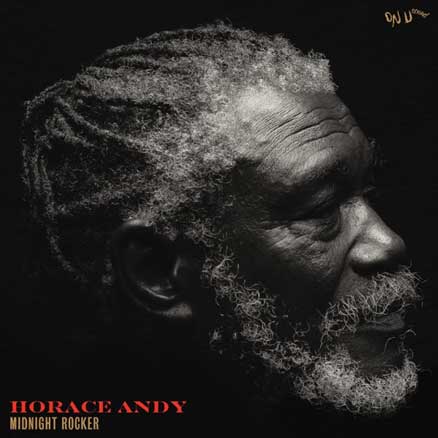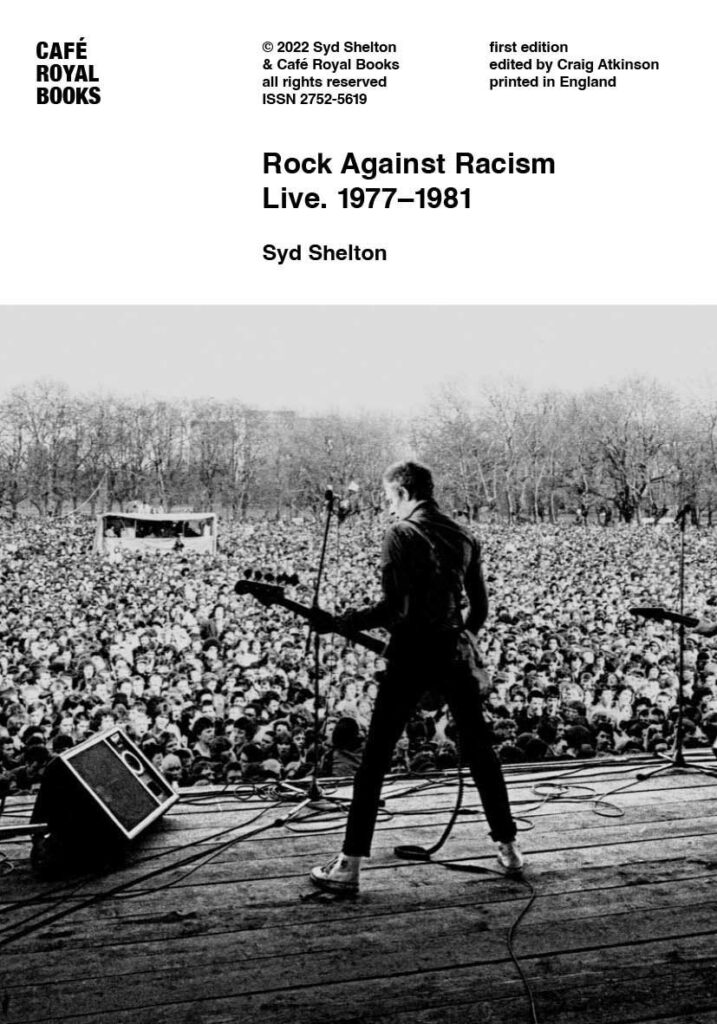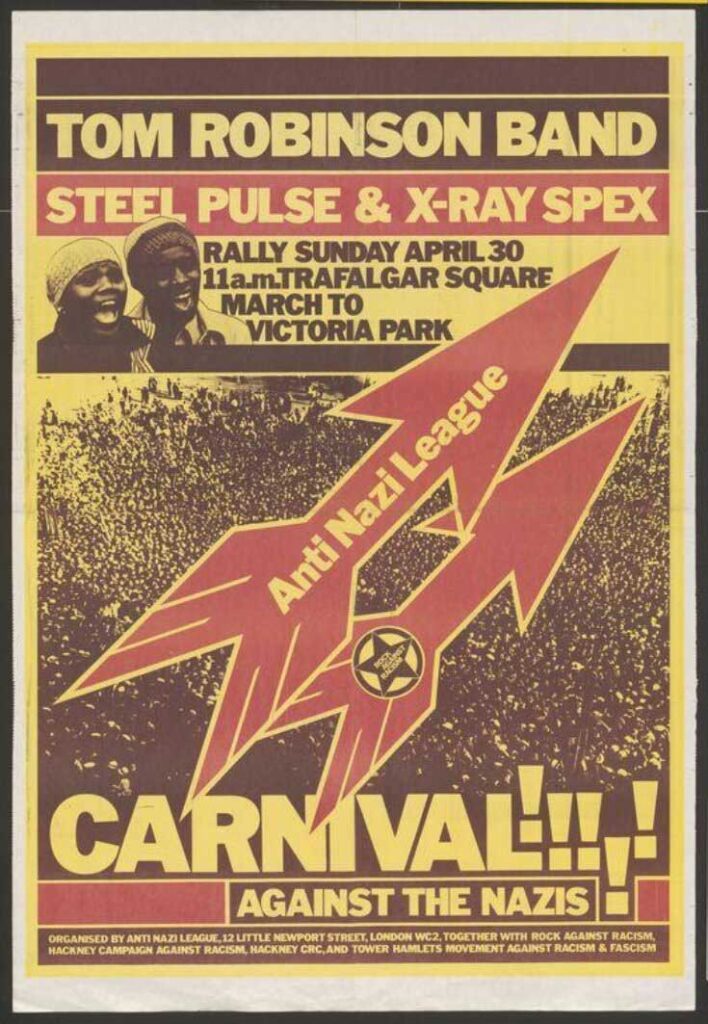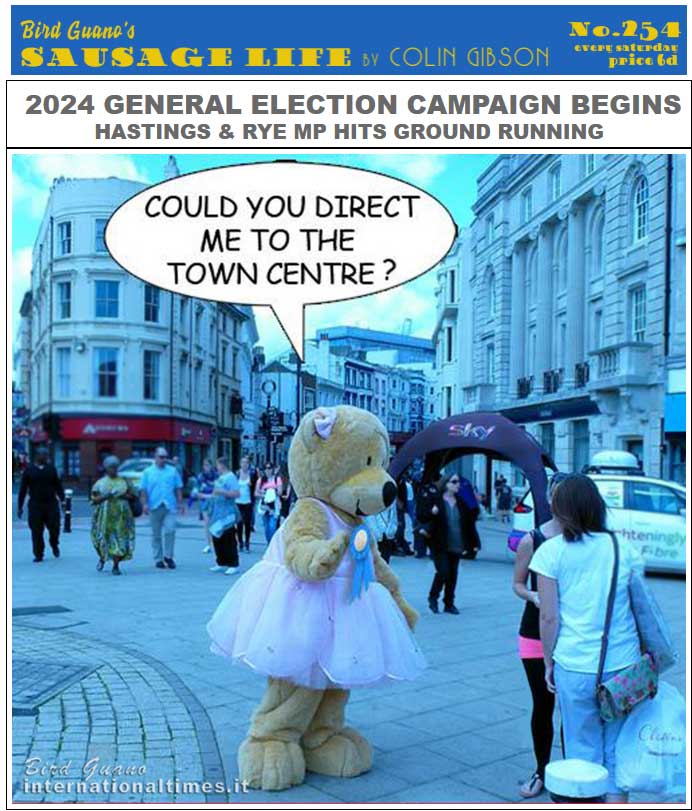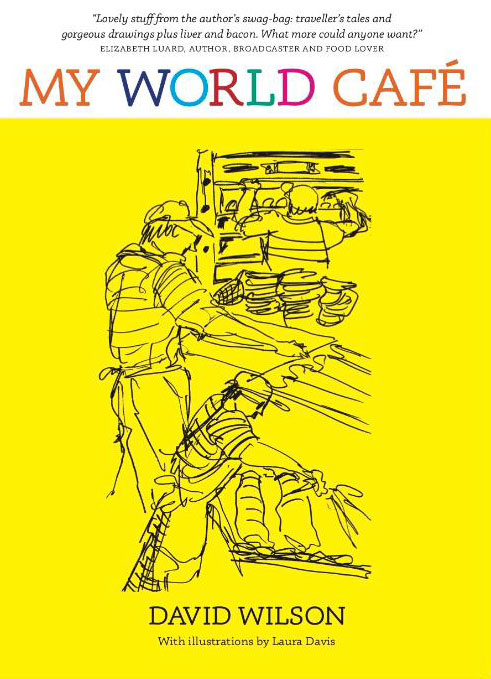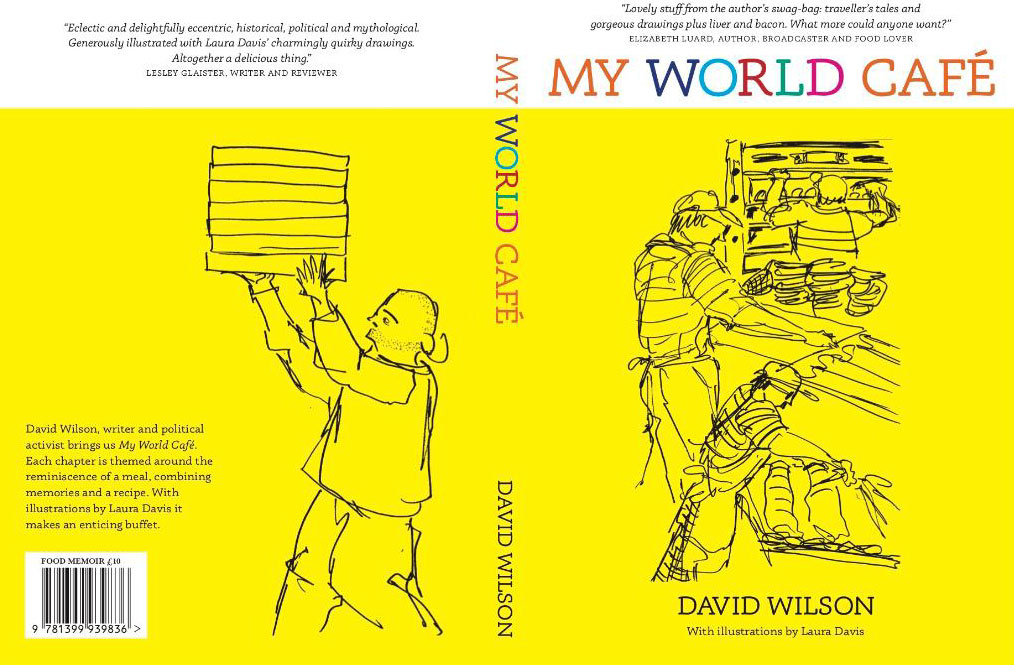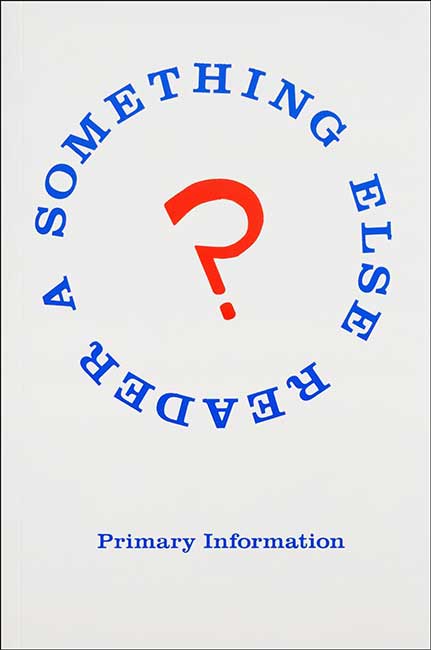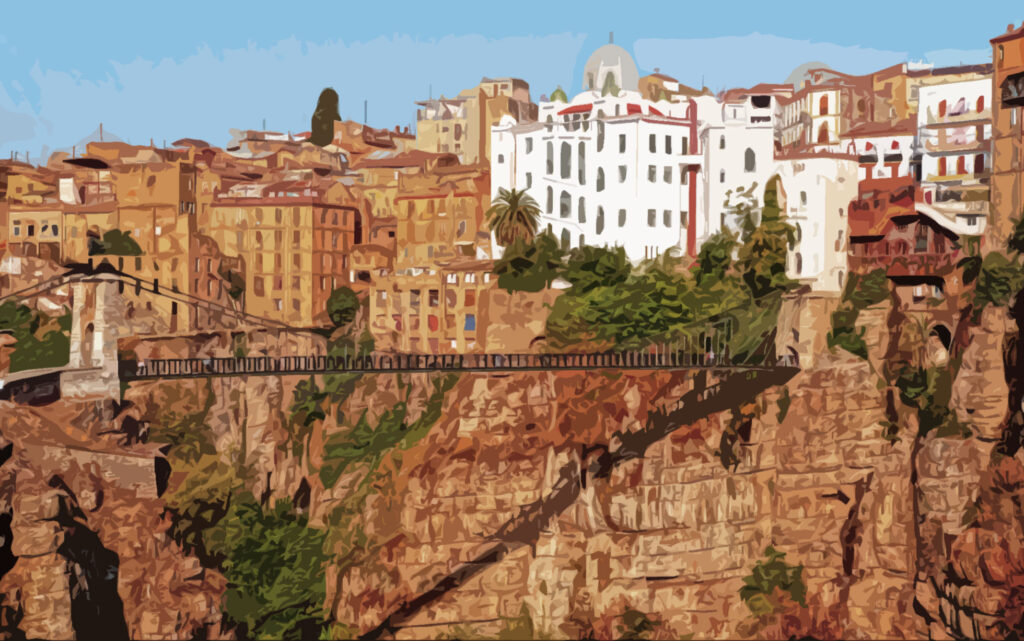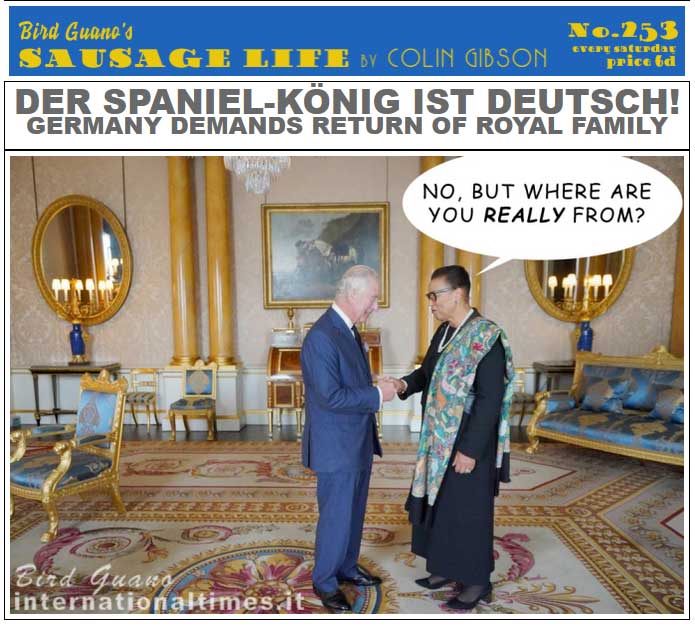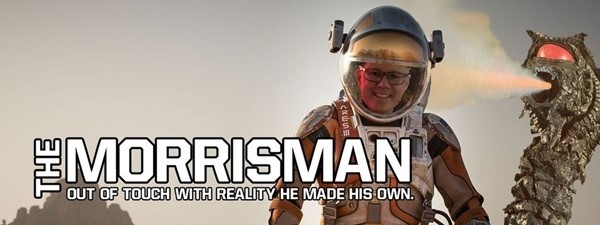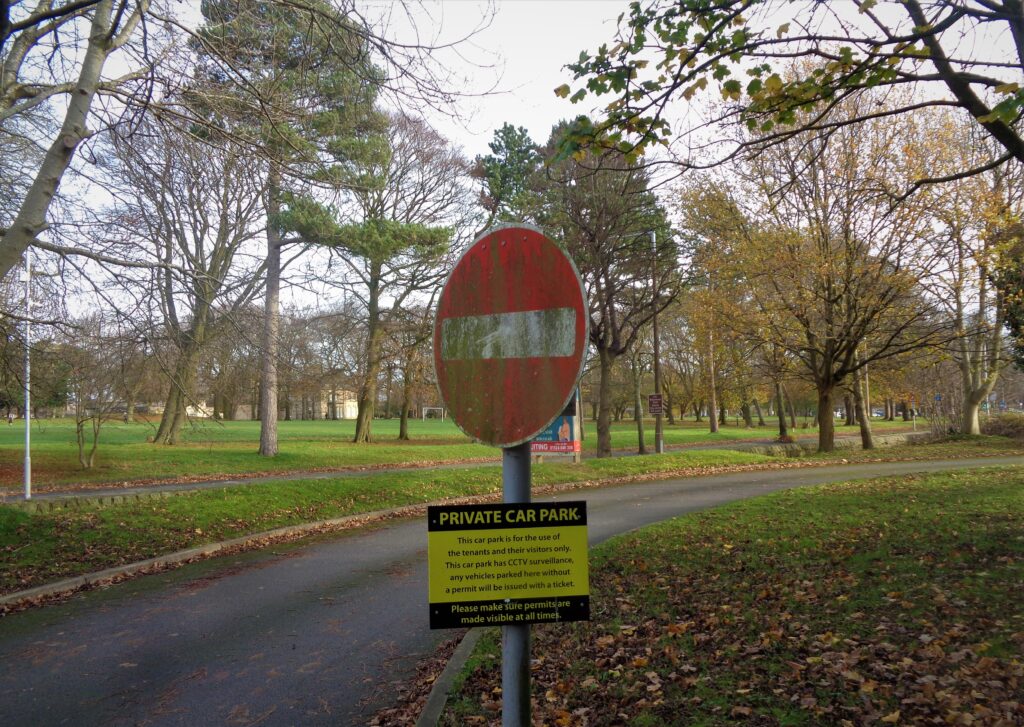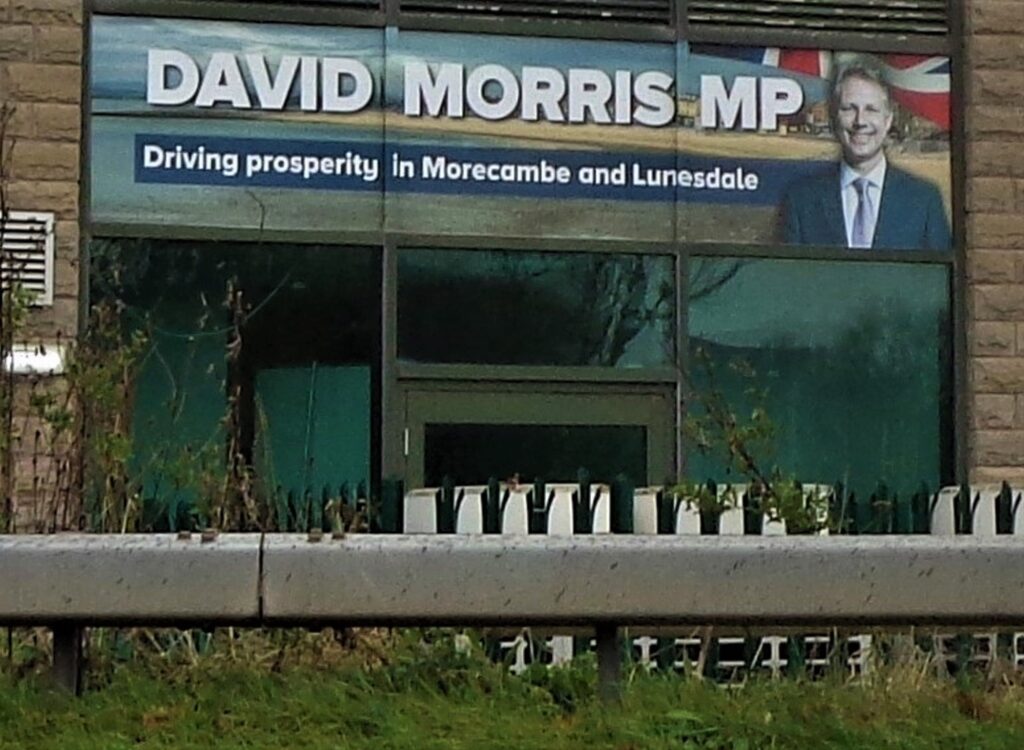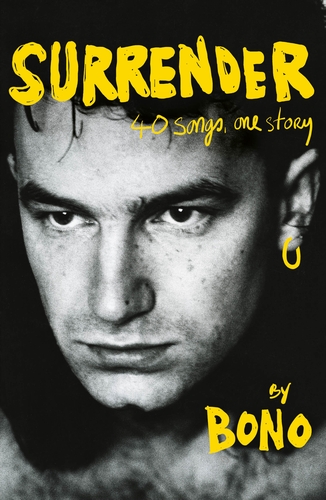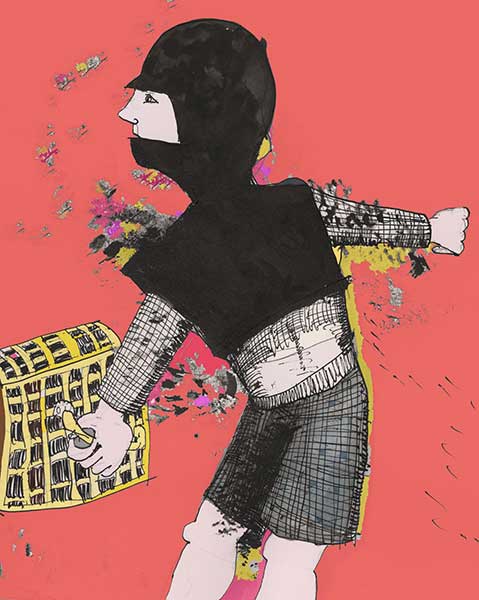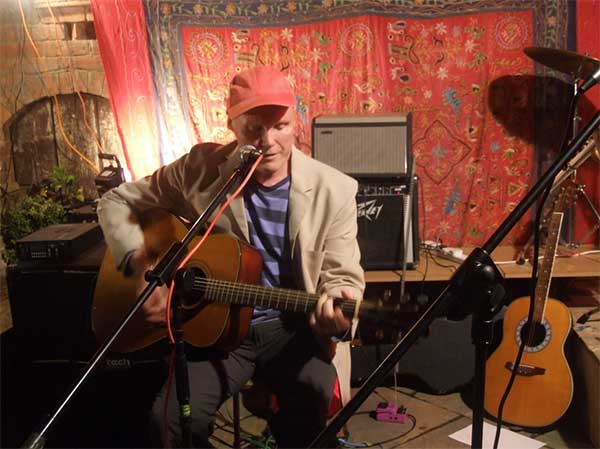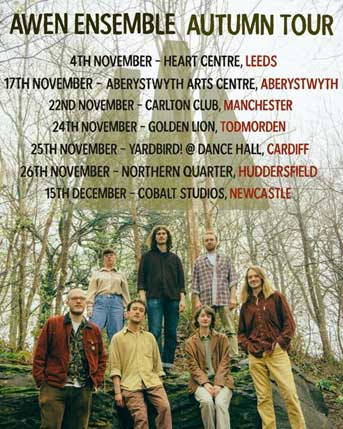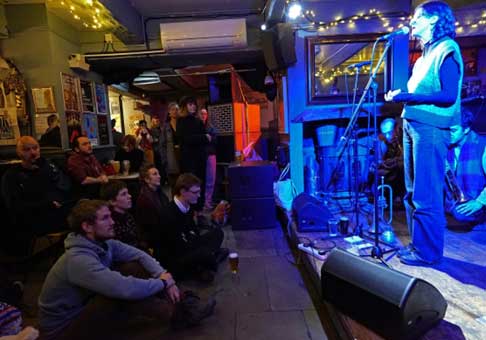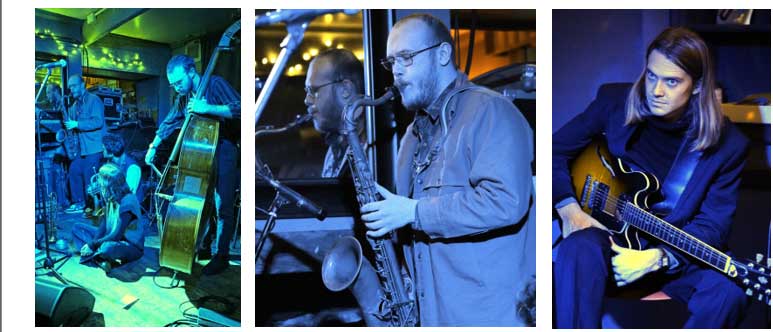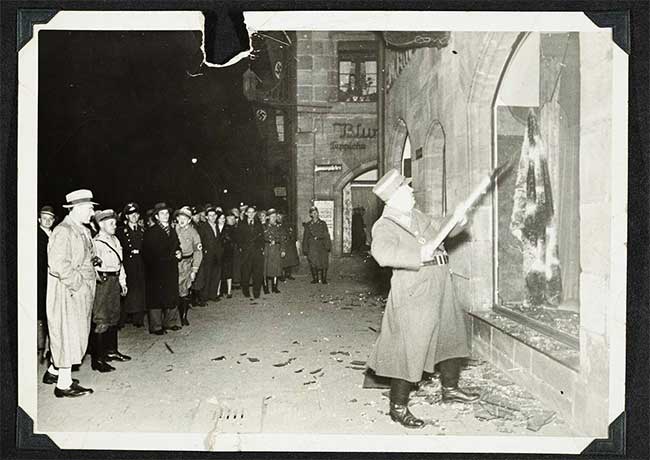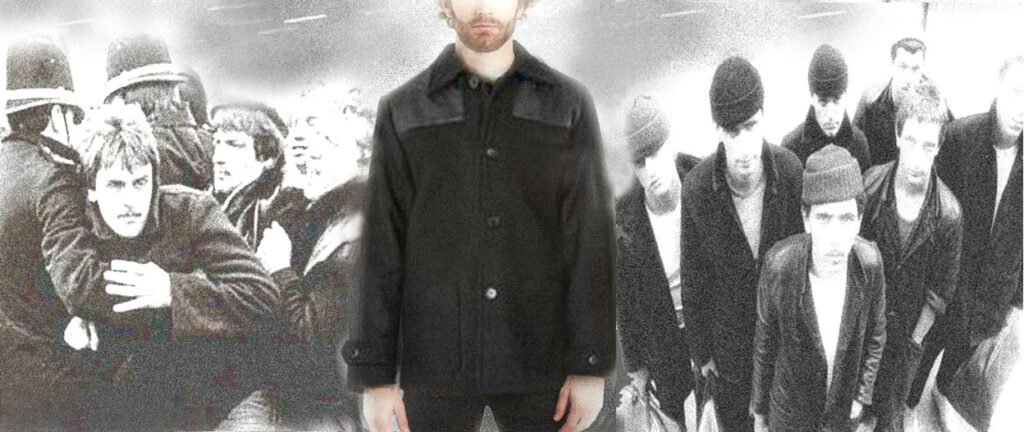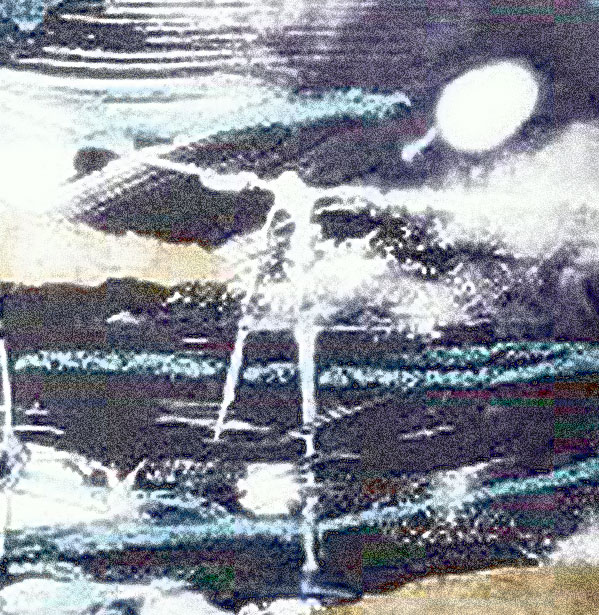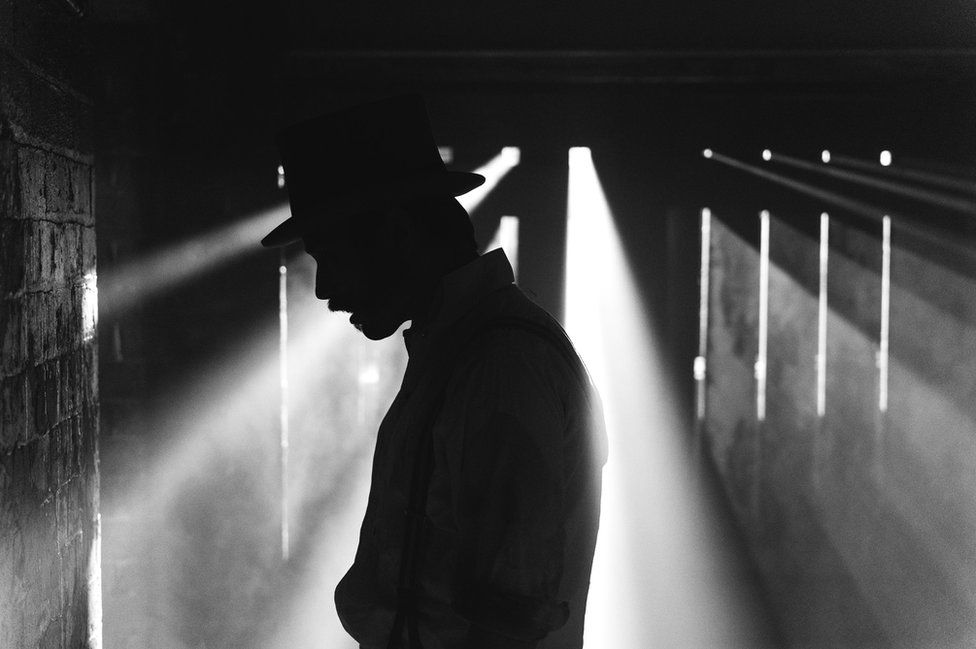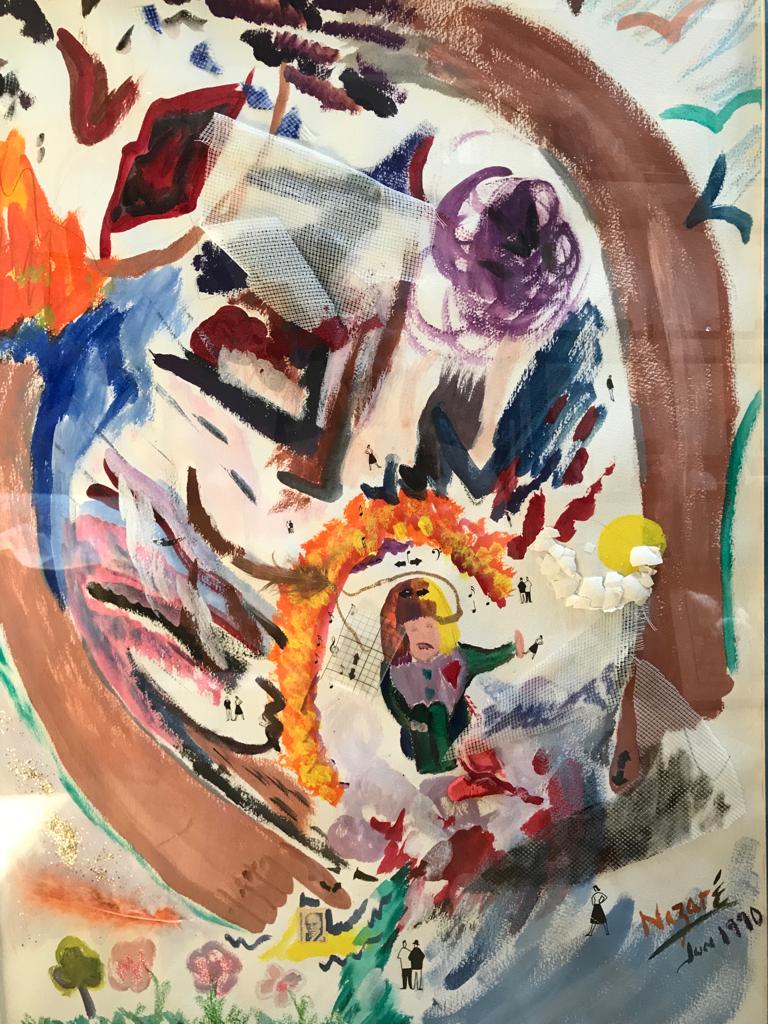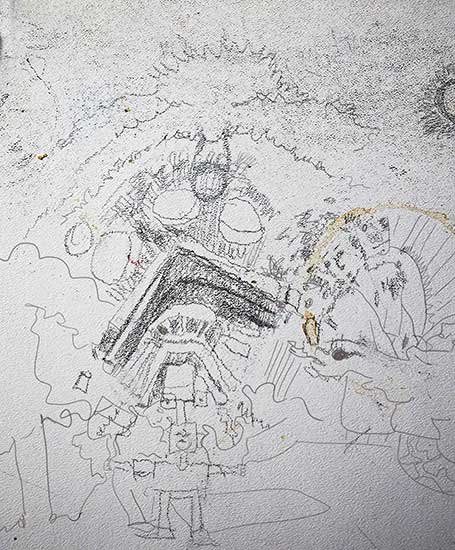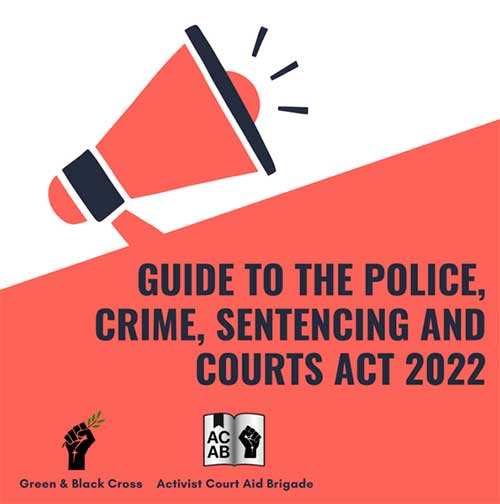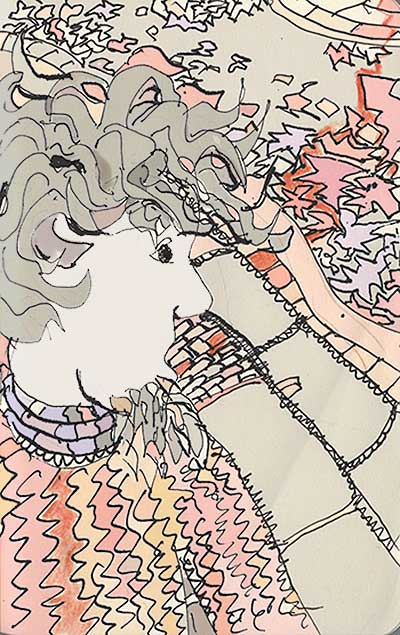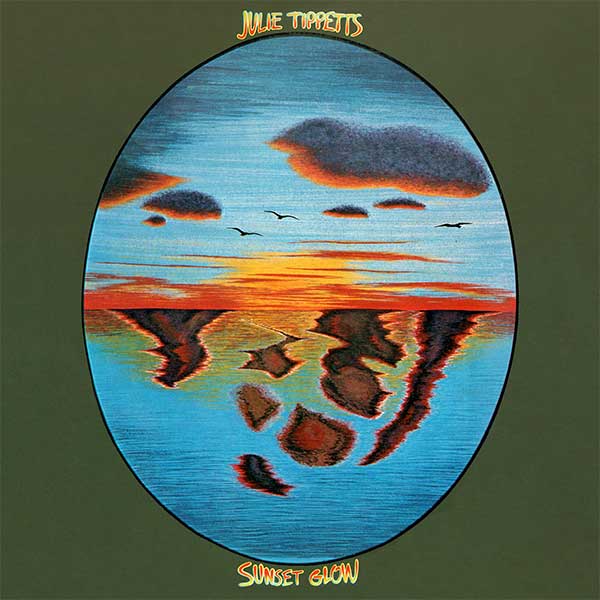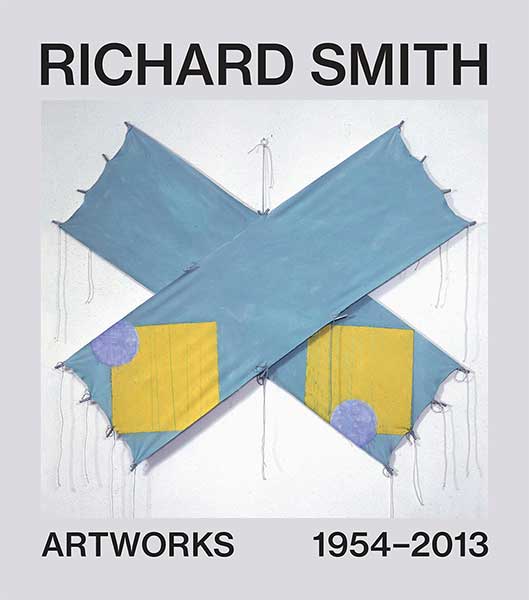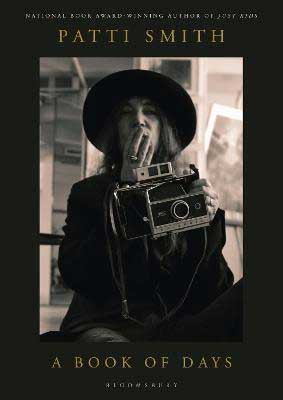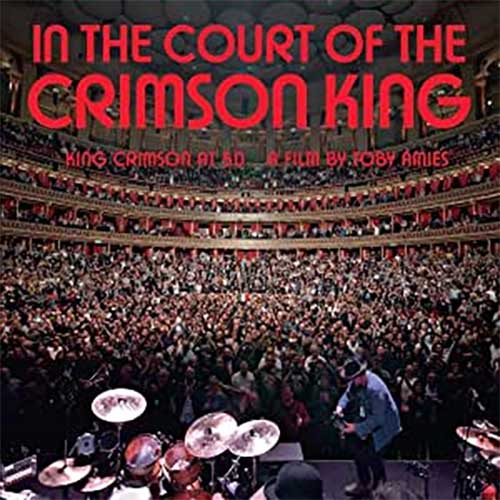By ANDREW DARLINGTON

‘The Long Ride Home’ by
Kiki Dee & Carmelo Luggeri
(2022, Spellbound Recordings distributed by
Right Track/Universal)
‘View options? Allow? Launch Meeting? It’s not letting me click on anything!’ complains Carmelo.
‘I know, it’s a nightmare, isn’t it!’ agrees Kiki. But Zoom! adds a dimension above and beyond a telephone interview. ‘Yes, it does make a difference’ she agrees.
We are attempting to set up a Zoom! interview. Finally, I offer congratulations on the duo’s latest fine album collaboration, ‘The Long Ride Home’.
‘Thank you, thank you’ he says effusively. ‘Do you want to do us one at a time, or separately?’
‘Chat with me first… or both of us together? Whatever you like, Andrew’ says Kiki.
So we start at the beginning, a very good place to begin. With how does their partnership operate?
Kiki: We wrote all the songs together, yes. We met around 1995. We’d both been around the Pop-Rock industry a long time. And I think we’d both reached a point – separately, that we wanted to do some music without trying to be a ‘product’. If you get my drift? Without trying to get ‘the hit’ – you know? And so yes, we came together and we did some acoustic shows, and found that we really liked it, and we’ve just been going ever since.
Carmelo: Yes, we had a manager, a guy called Steve Brown. He discovered “Your Song” with Elton John many years ago and he worked with Elton for years. And he went way back with Kiki, and he got me involved on ‘The Very Best Of Kiki Dee’ (1994, Rocket 516-728-2) compilation producing a couple of ‘bonus tracks’, which is how we met (Carmelo produced two tracks “Love Is Everything” and Chip Taylor’s “Anyway That You Want Me”). Obviously, when I heard her I just thought ‘Wow! She’s amazing!’ It was Steve who encouraged us to write together. He was a kind-of mentor to us. He looked after Billy Connolly as well, then he left to form Tickety-Boo – his company (and label which issued the duo’s live album ‘Almost Naked’, 1995 and their ‘Where Rivers Meet’, 1998). Sadly, he died a few years ago, but it was him that sort-of set us on an alternative path, if you like, of doing what was true to us without worrying about whether it was going to go into the chart and what-have-you. And then we went from there really. So the first studio album we did (‘Where Rivers Meet’)… it took… every album seems to take two years, and that one has got everything on it. It’s got Indian orchestra, drones, flute, tabla, it was like a real east-west mix. For a while we toured with a tabla player – Pandit Dinesh, but when he went back to India for a while, we started doing shows on our own. We found the intimacy of that really worked. Particularly with the introduction of loop-pedals and all the rest of it, it frees me up to play over the top of it rather than just holding the rhythm down all the time. Yes – but I go back to Steve Brown, because, as Kiki has already said, we both came from band backgrounds really, and he knew me from other projects, and when we were doing a radio tour, just acoustic guitar and voice – and he said ‘there’s something happening when you’re together…’, he tried to get me to ditch the electric guitar – although I’ve re-introduced it a bit more on the last album, and we just kinda turned left, if you like, and we’ve just been walking that way ever since. In February it’s coming up to twenty-eight years I’ve been working with Keek, although we’ve only got four studio albums to show for it…
Kiki: …and two live albums!
Carmelo: But four studio albums! Although we love them. Because nothing goes out of the studio unless we absolutely love it.
Andrew: There’s pattering Indian percussion on “What You Wish For” on the current album.
Carmelo: There is. Dinesh features on one-and-a-half tracks. But it’s more drones, yes, the drones come in sometimes, but it depends on what you’re looking for in the songs, and in the production it’s the constant fishing game, you keep trying things out, and then something just hits you and you think ‘yes, that’s really good, that’s working.’ We invested in some latest string software. That was quite inspiring, to be able to get some really good string sounds. As you probably realise, that features every now and then.
Andrew: Is Kiki the primary lyricist?
Kiki: Yes.
Carmelo: I’m talking for her again – now, the thing is, you can edit me off later, whatever you like!
Kiki: (laughs) This is not radio! (her hand supports her chin as she leans forward).
Carmelo: The thing is, obviously, we’ve been working together a long time. Most people know Kiki as a singer. But if I said ‘oh, we split the songs,’ that’s a simplification, because she’s not just the lyric writer. Sometimes I’ll have a pretty ordinary-ish spark of an idea, and she’ll go in the studio and vocally turn my spark into something – ‘Oh! That’s so much better now!’ Kiki is an amazingly creative person. But we’ve never settled on one way of writing.
Kiki: It depends on the song itself. It might come from the title. It might come from – just as you say, a musical idea. But Carmelo is very good at vetting my lyrics and saying ‘oh, now that’s the direction you wanna go in, that’s the direction to take it. He’ll pick out a little gem, and I’ll go and finish the lyric.
Andrew: Kiki has worked in lots of different settings, from Music Theatre to The Kiki Dee Band.
Kiki: Yes. Yes. I’ve done it all, haven’t I!
Andrew: Is this duo setting the most satisfying for you?
Kiki: It is, in a sense. I was speaking to someone earlier – and most ‘heritage artists’, if you’re to see them, you know what you’re going to get. No-one’s ever got a clue what I’m going to be doing. Because it’s Kiki Dee & Carmelo Luggeri we’re able to tell people straightaway that it’s something that is not of the old Kiki Dee career. If that makes sense?
Carmelo: Although we do some Kiki songs live in the set. When I first met Kiki, and we started gigging, I said ‘Keek, if I came to see you, and I didn’t know you, I’d want to know what you’re going to do with ‘that’ song…
Kiki: What? “Don’t Go Breaking My Heart”?
Carmelo: But there’s no way I was going to try to be Elton, or whatever! So I did an arrangement where it was slowed down, and Kiki sings it on her own, and it gives it a more mournful-but-soulful different aspect to it. And it satisfies that need. We still do a live “I’ve Got The Music In Me”, we still do “Amoureuse” – so, in between our stuff and our take on certain covers (Leonard Cohen, Lowell George, and even Frank Sinatra), yes, it kind-of works.
Andrew: The recent ‘Rocketman’ (2019) movie recreates that “Don’t Go Breaking My Heart” video, with Rachel Muldoon taking the Kiki Dee part.
Kiki: Yes, it was so great to be in the movie, actually. Isn’t that exciting! To be actually played by somebody young and gorgeous. Ha-ha-ha. It was so nice.
Andrew: Was the recreation accurate to the way you remember it?
Kiki: Well, I mean, to me it’s a theatrical piece. That movie is like a stage musical. To me, it’s not an autobiographical sort of film, ‘cos it hasn’t got Gus Dudgeon in it – Elton’s producer, it hasn’t got the band that were with him from the beginning, Dee Murray, Nigel Olsson, Davey Johnstone. But it is a celebration of his survival, I guess, as a crazy artist – you know?
Andrew: Yes, after his gender and narcotic complications, it finishes by recreating the iconic video for “I’m Still Standing”. And it writes you into the history very aptly.
Kiki: Well, it’s nice to have been in it. You know, it’s funny that that song, we didn’t do it with any great expectations. It was going to be an album track for Elton. And it was Gus Dudgeon who said ‘why don’t you do it as a duet with Kiki?’ Yes, you never know in life.
Andrew: It’s frequently overlooked that, although they’d both had hits before that, it was the first time that either Elton or Kiki had ever had a no.1 UK single. So that was a first for Elton. Yet – how can I phrase this tactfully?, any one track on Kiki & Carmelo’s current album is a better song than that was. It was catchy and contagious, but it’s not Elton John at his best!
Kiki: Well, I’m glad you said that.
Carmelo: That’s life, Andy, isn’t it.
Kiki: It’s a good Pop record, isn’t it? It’s made a lot of people very happy. We get mail from people who got married to it. And fortunately, for me – I can only speak for myself, I’m in my later years, I don’t know how many years I’ve got left…
Carmelo: HA!! (He whoops with laughter).
Kiki: I’m able to go out and play, I’ve still got my voice, and look after myself, and this is the most authentic I’ve been on stage, as well as in the studio.
Carmelo: I guess we took that decision, as I said earlier, a long time ago to let’s see where we can go, just doing what we choose to do live. It doesn’t go into the set unless we think – yeah, that’s really good. Without sounding arrogant or big-headed or whatever. We do our best to try and create a show that we would like to watch. But equally – what we’re aware of is that thing of, I think, even the people I love, if I went to see them, and they just said ‘alright, tonight we’re going to play our new album,’ you’re kind-of ‘oh god,’ you almost sink a bit, don’t you, whereas you try and get that mix right, that blend – but, in terms of the writing and the albums, to be honest, it’s something that I’m constantly saying to Keek when we’ve been in the studio – because, I’m really pleased that you do like the album but all our stuff, I’ve always tried to make it so that it’s an album from start to finish. I’m looking at you, and thinking ‘OK, I think we come from the same era?’ – where we used to listen to albums all the way through. I remember if a Pink Floyd album came out me and my mates would go round somebody’s house and we’d sit there and we’d listen to the whole thing, and no-one would say a word until the end. It was like a piece of art or something. And that’s how I see it. And in this day and age of people just downloading one track – I notice Adele had that thing a while back when she wanted her album to be heard in her own preferred order. In the same way, I hope that someone listens to all of our album, because particularly, sometimes I’m on the last track and we’re spending a lot of love and time on it, and I’m thinking ‘who the hell is going to get to this point, to here?’ – but I just hope that they do, because that’s how we listen to stuff.
Andrew: I’ve been glancing through your tour schedule, and it’s pretty intimidating. Do you enjoy touring, or is it simply business as usual?
Kiki: We love it. It’s a big part of the music that we record. It comes from our live presence, and what we write. The dates are quite spread out, Andrew, a lot of them were rescheduled from last year, because of Covid, but I don’t like to do more than two nights running, ‘cos I get very tired otherwise. So yes, it goes all year – but it’s spread. So that’s do’able.
Carmelo: The live shows, they are quite different, because obviously you can hear that the album’s got a lot of stuff on there, so live – it’s like, OK, there’s only the two of us, we don’t particularly like doing playback and stuff…
Kiki: No way.
Carmelo: But like I said, I’ve got the loop-pedal, and we create just enough to make what we feel are truly representative versions with just the two of us. But the whole live experience, again, is different, and the thing that I guess I’ve enjoyed and that we’ve kind-of developed over the years, the live thing is all about the connection, and it has to start with our connection – well, you first (to Kiki), you’ve gotta kind-of get into it and believe it and be into what you’re doing, then we’ve got to connect, and then hopefully project to the audience, but it always happens sooner or later. You can feel a certain – how can I put it? Like a magic in the room. Sometimes it happens quite early and it’s ‘Wow!’, occasionally it might be a few songs in, but you can feel it happen. I don’t know if it’s in our heads, or if it’s for real, but as far as I’m concerned, even if it’s just in my head, that’s real enough. It’s a fantastic thing when you get that feeling, and that’s what we’re striving for all the time, when we’re playing live, always looking for how we can get this feeling, and it might be a really small audience, but when you get that feeling from the audience, and it’s particularly amazing if they’re loving what you’ve written.
Kiki: I love that.
Carmelo: It’s a great thing. A scratchy little idea that might have started off, or Kiki might have hummed something into an iPhone, and then you watch that develop onto the album, and then you see it live, and people responding. It’s the best, you know. And when you’re doing that, and you’re in that moment of doing that, you couldn’t care less about the charts or whether it’s… you know, you’re having that creative intensity then.
Kiki: It’s actually a privilege. The new songs are going down well. We’ve only been doing four of them so far – we haven’t had time to rehearse any more. But the new songs are going down really well, and it’s a lovely feeling when you’ve written a lyric – for me personally, that means a lot to me, and then you get that feedback. There’s nothing like it.
Andrew: I like the track “I’d Be Undone”, which sees love as surrender, or release from self.
Carmelo: Bless you.
Andrew: I always loved your hit single “Amoureuse” – with that line about feeling ‘rainfall on another planet.’ All first loves should be like that.
Kiki: Shouldn’t it just. (She spells her words out with articulate hand gestures.) “I’d Be Undone”, that’s one of my favourite tracks. I like them all actually, if I’m honest. I love the album. Isn’t that good! What I like about that song is – I lost my sister at the end of last year, at the end of August, and it makes me think of her so much. It’s not just a love song. It is a love song. It’s the only real one-to-one love song on the album, but it also has a bigger meaning for me. You know – ‘I’ll be with you what-the-hell-ever, I’ll cross the great divide, I’ll be there for you.’ And yes, I’m glad you like it, thank you.
Andrew: You are originally from Bradford, in Yorkshire. Do you still have family there?
Kiki: I’m a Bradford lass, yes – I’ve got my brother, who is eighty-two. He’s really looking forward to hearing the album. He should get it today. I’ve got his son and their family, and then I’ve got my niece who lives in London. But I’ve got quite a bit of family in Bradford.
Andrew: Did you go to the Alhambra Theatre while you lived there?
Kiki: Oh gosh, I played there when I was twelve, and won a talent contest! I’ve got the photo, if you want it? I played there and won a talent contest, and I also went back there many years later with ‘Blood Brothers’, the musical – which was very emotional, to go back home and do that.
Andrew: You recorded a series of singles for the Fontana label through the late-sixties. Which of them still stands up in your estimation?
Kiki: Well, you know, the funny thing is that when that album was released in 1963 or 1964 or whenever it was (the first single, “Early Night”, was 1963, the debut album ‘I’m Kiki Dee’ Fontana TL5455, was not until 1968), for ten years I didn’t think that anybody had really heard it, and then in the early seventies I started to realise that some of the tracks were Northern Soul hits – you know, “On A Magic Carpet Ride” (c/w “Now The Flowers Cry”, 1968) is, I think, a single that fetches about £500 on something online, and another track – “The Day Will Come Between Sunday And Monday” that I did on Tamla-Motown (1970), that’s quite popular as well. So yes, I think I’d go with “On A Magic Carpet Ride” because it’s a Northern Soul hit.
Andrew: The London music business must have been a lonely, uncertain and predatory place for a teenage girl?
Kiki: You know what, I went down with my Dad for the audition, and I think I was just at that age where I wanted to explore and fly the nest – and can you imagine the sixties? For a sixteen-year-old, there was film, there was music, there was art and fashion, it was just mind-blowing, it was really happening and the world was changing, and so I really loved it. I moved down there as quickly as I could. Moved into a little room that was £10 a week to rent, I think, and you know – I had a glass of wine with dinner when I was seventeen which was quite exciting, ‘cos no-one had a glass of wine with dinner in Bradford in 1965…
Carmelo:… a cup of tea, maybe?
Kiki: So yes. They were heady, heady times. But you know, I’ve always had a very stable background, my family was very stable, very loved, working-class background, and so yes, that’s held me in good stead through my life, all the ups and downs of music.
Andrew: You did session-work with Lesley Duncan and Madeline Bell.
Kiki: You know, we did some gigs about three years ago with Robert Plant for his ‘Saving Grace’ tour, and we got to do some shows with him. He’s so creative and always moving forward. And he told me that I sang on a track of his in 1965 called “You Better Run”. So I looked it up and it was true (it was a cover of a Young Rascals American hit, recorded as part of Robert’s band Listen, November 1966, CBS-202456).
Carmelo: But you’d forgotten about it?
Kiki: And then I did Dusty Springfield, I did “Some Of Your Loving” (and “Little By Little”). I love Dusty. I think I was a bit of a sponge because I was taking in her talent – if you like, in the studio. She was one of the first female singers of that time in the UK who knew what she wanted musically, and I just watched her stand up for what she wanted. And I loved her version of “Some Of Your Loving” – the Carole King song, she sounds so happy on it, and her voice is effortless. It’s just beautiful. Then I sang on “Everlasting Love” as well, the Love Affair no,1 hit. We got six quid a session for that. It kept you going. It was good. I loved it.
Andrew: It must be amazing to hear tracks on the radio and think ‘I sang on that!’ I enjoyed your track “Sidesteppin’ With A Soul Man”, from the ‘A Place Where I Can Go’ album (2013, Spellbound).
Kiki: Do you like that one? That was about Marvin Gaye, and Stevie Wonder ‘cos there’s a line about a ‘talking book’…
Andrew: Marvin Gaye and Stevie Wonder can be seen in the back-projection imagery in the video… but isn’t there a glimpse of Carlos Santana too?
Carmelo: That’s how it started for me, guitar-wise. It’s in the biog somewhere, but my Aunt owned a hotel in Italy, right on the seafront, in Puglia, and the only entertainment was this massive jukebox, it had everything in there from Demis Roussos to Pop stuff to Italian things, you know, and one day I was just sitting on the wall looking out at the sea, on came that “Samba Pa Ti” – bowmb, bowmb, bowmb – and I was just flipped, that was it. So he was a big influence – all the others, as usual, Jeff Beck, Eric Clapton, Hendrix, all that lot. But he was my first love. (born in England of Italian parents, later Carmelo was signed as writer and artist for Bill Wyman’s Ripple Productions, he co-wrote with Julian Lennon (“OK For Me” on his ‘Valotte’ album), arranged material for Billy Connolly, Jimmy Nail and produced for the fictional ‘Strange Fruit’ movie-band (1998), as well as working with Paul Rodgers, Ralph McTell… and Andy Williams!).
Andrew: Do the two of you argue?
Kiki: We don’t argue about music. We used to argue when we were touring, before SatNav. I used to get…
Carmelo: I’d be in traffic trying to find the gig, and I’d say ‘Keek, is it over there?’ and they’d be bibbing me from behind. Is it left or is it right? She’d go ‘I don’t know, I don’t KNOW!’ So that doesn’t happen any more because the old SatNav can take us. But, you know what is really weird, Andy? – we commented on it before, but musically – I’m speaking for Kiki in a way, we seem to agree on everything musically. We both love the same things. But one of the other – I guess I’d call it a talent again, is Keek’s instinct for stuff. ‘Cos normally I’m sort-of at it in the studio and she’ll be padding around, she’s very quiet sometimes, and then she’ll just say one thing, and if she says something, I listen, because she’s invariably right…
Kiki: I don’t know about that!
Carmelo: In fact, I was going on about ‘fishing’ earlier, when you’re looking for ideas, you can have days with nothing… you know what’s just popped into my mind? I’m sure you’ve watched the Beatles on DisneyPlus, the ‘Get Back’ thing, it was amazing – have you watched it? It was mind-blowing, wasn’t it? partly to see the birth of some of those songs. And in another way I found it comforting how they struggled too, sometimes, with the writing process. They’d go ‘oh, let’s just play a bit of Chuck Berry’ or whatever, and then they’d go back, just looking for a spark, and that’s what you’re doing all the time. But in terms of… I’ve lost my thread of what the question was…
Kiki: Do we ever argue.
Carmelo: Do we ever argue? Not about music. That’s really strange. We seem to be alike on music. On plenty of other things. What do we argue about?
Kiki: Not much. It’s a good job we’re not married, isn’t it?
Carmelo: It’s just as well that we don’t argue.
Andrew: Yours is a purely musical relationship?
Kiki: Oh yes.
Carmelo: She’s ‘Auntie Keek’ to the family.
Andrew: Are there other stories behind the album tracks that you’d care to share?
Kiki: Oh yeah. I like all the tracks. This morning, before I came down to talk to you, I had a listen to “No Angels Tonight”. I don’t know if you’ve had a chance to listen to all the tracks. That’s quite… nice to listen to, for me.
Carmelo: Kiki and I created that one by double-tracking the gospel choir. Yet there was something missing. And we know a guy called Tommy Blaize – you probably know him if you’ve ever watched ‘Strictly Come Dancing’ on TV, he’s one of the singers there, and he’s amazing. We know him through the SAS Band that we do gigs with sometimes. We had to work it remotely, of course, because of Covid. We said ‘add your voice to this,’ and when it came back it was like ‘Oh YES!’, he doesn’t come in until the end, then the vocal goes ‘BANG!’, it really made a… technology, you know!
Kiki: And “The Ballerina Inside”, “What You Wish For”.
Carmelo: What is interesting – I don’t know how into this you want to go really, are you concerned with the technical side of things? I don’t know whether this will be part of the interview. I’m just mentioning it anyway. One thing I’ve noticed with the advent of digital recording – when we used to use tape, when we used to do like Queen with “Bohemian Rhapsody”, all that vocal overlaying, every time you did an extra take it just sounded brilliant, but there’s something weird about digital that doesn’t appeal to me. So every time we try to actually double-track, in other words, let’s say Kiki did a part, and did the same part again if you like, to thicken it up, it didn’t quite sound the same. So Kiki will do three harmonies, and I will do three, then Tommy will do three. It’s better when it’s three different voices, if you see what I mean, rather than the same voice doing the same part. So yes, we just did the overlaying like that. Obviously, when you’re in the studio you can just do it again, until you get it right.
Kiki: I did actually try to get Madeline Bell to be on it as well, but she couldn’t get to a studio ‘cos of Covid and stuff.
Carmelo: She was in Spain.
Kiki: So she wasn’t on it. That would have been nice to have had Madeline.
Carmelo: I think – as I said, at the moment, it’s taken about a week to NOT listen to the album, before I could begin to listen to it as an entity. ‘Cos otherwise what you’re doing, you can hear every little bit…
Kiki: You don’t hear it musically.
Carmelo: Obviously the opening track – which was going to be at the end, because it’s a bit of an epic if you like – “The Long Ride Home” itself, and I thought that’s one way of maybe carrying people to the end, but the guy from the distributors – from Right Track, Niall, he said ‘why don’t you put that first?’ We went ‘alright’.
Kiki: So we did.
Carmelo: So we did it first. But I’m particularly proud of the way we’ve got that reprise at the end. Now, sometimes we can be all day doing it, fishing – as I keep saying, and not getting anything. But then it was one of the hottest most purple half-days I’ve ever had. I just had this idea go fucking crazy, it was all happening. You know when the inspiration-window is open and it just happens to go, and I did that in no time. That’s what I can’t believe. Sometimes I can be guilty of going on a bit. When you’ve got studios like you’ve got now, where you can just add and subtract at will, you’ve gotta know when it’s the end, if you like.
Kiki: Too much time, sometimes.
Carmelo: Getting back into that thing of instinct. Just feeling something. There’s something that goes ‘we’ve got it now.’ So yeah – as I said, I don’t know if Kiki mentioned it – no, she didn’t mention it! what is interesting from our point of view anyway, is that most of the lyrics were written before Lockdown, yet a lot of them seem to apply – ‘relight the light of Eden,’ ‘the long ride home,’ ‘What you wish for,’ they all seem to apply somehow. Which is kind of coincidental really, but we find that interesting. The whole process is – as I say, fascinating. That we can do it. Of course, getting it into the world is the other side of the story, speaking to people like yourself, that is another thing altogether. By then you’ve done the work. Now how can we get to people – as Kiki mentioned earlier, how can I put this without being disrespectful, she kind-of hinted at it earlier, if – I’m not going to mention any names, but if somebody of let’s say Kiki’s ilk – heritage artist as she put it earlier, a lot of them, if they bring out a new album, I don’t think I’d be incredibly surprised at what they do. It would be good versions of stuff, and I’m pleased that they can keep carrying on their career and everything, but what we’ve been kinda up against from the beginning is “Don’t Go Breaking My Heart”, and people’s perception of what Kiki does. And it’s how we go about changing that. These days, personally, I’m proud that we’ve got something that hopefully people go ‘Oh, I didn’t know she could do that!’ And most of our shows, Andy, we get loads of emails from people saying ‘I remember “Don’t Go Breaking My Heart” – my wife dragged me to this gig, I wasn’t sure what to expect, but I loved it blah-blah-blah – which is most of the time. Every now and then somebody might say ‘do “Star”’ – but I just can’t make an arrangement for that one that works. Hopefully you’ll come to see us?
Kiki: It’s such a thrill. I’ve done interviews with a couple of ladies mags today – like ‘Best’, magazine. I was thinking like ‘Christ, what are they going to ask me?’ But it’s been lovely to do a music piece. Thank you. I hope you’re going to be able to decipher us chattering away together, and you’re going to get enough information?
Andrew: Most people have never heard of most of the artists I get to interview. Yet everyone’s heard of Kiki Dee!
Kiki: Well, I suppose that’s because of Elton isn’t it, really, a lot of it. But if you stick around long enough someone’s gonna remember you…
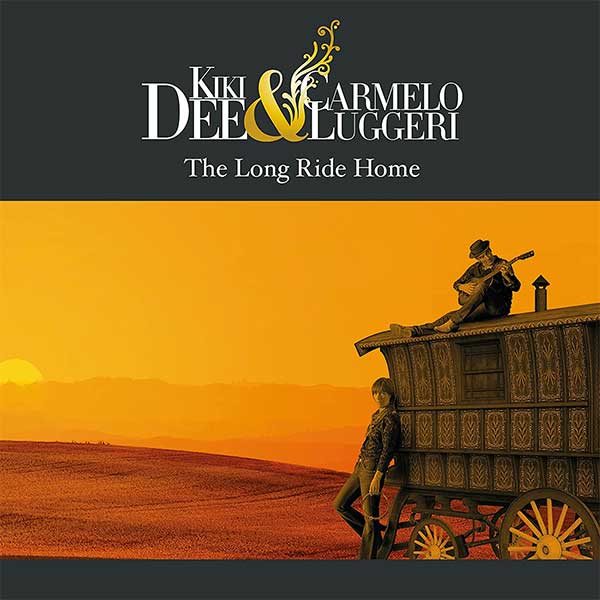
The cover art:
Carmelo: It’s beautiful. We worked like mad on this cover. It’s the best cover we’ve ever done.
‘THE LONG RIDE HOME’
Kiki Dee & Carmelo Luggeri
(April 2022, Spellbound Recordings distributed by Right Track/Universal)
Ten tracks:
(1) ‘The Long Ride Home’ (6:50), ‘mystery runs deeper’, the guitar buzzes like a trapped bee, the lyric appeals Stop, think of what you’re saying, don’t ask the Preacherman or the Sinnerman, with a sweet instrumental break that builds into surging electric over the acoustic guitar strum, a major track, immaculately scored and colour-textured. Although Carmelo’s sublime playing skills are highlighted to good effect throughout the album, his trusty Stratocaster makes a cameo appearance on the rousing climax of this title track.
(2) ‘Small Mercies’ (4:07), beyond rhyme or reason, there are acts of kindness, Carmelo’s guitar adds Americana slide. Its unbridled optimism typifies the duo’s ‘glass half full’ approach to their music
(3) ‘What You Wish For’ (4:28) pattering Indian percussion with rich Spanish acoustic guitars and gurgling synth, if that sounds an impossible juxtaposition, it works with superb logic, while the lyric casts a healing light on the old ‘wish upon a star’ idea. The unintentionally prescient lyrics strike a salutary chord for these locked-down times.
(4) ‘The Ballerina Inside’ (4:29) her voice is dancing out of her skin, standing out strong against the sympathetic instrumentation, ‘Take my hand as we dance’. Carmelo says ‘this album has many influences, experimenting with country blues, dobro and pedal steel guitars seems to augment our sound in a unique way.’ His delicate arrangement of ‘The Ballerina Inside’ is a case in point where Kiki’s voice is beautifully captured, lending an additional poignancy to the music.
(5) ‘Light Of Eden’ (4:56), jazzy-liquid melody, smoky and dextrous as ‘the mystery unfolds’, re-light the fire, with subtly supportive harmony voices and gliding guitar
(6) ‘Can’t Fix The Maybe’ (4:44) ‘Gonna shake this feeling that I’m running out of time,’ don’t stop me now, folk-chording guitar, strutting blues structure with stinging guitar solo. ‘I don’t read palms, I don’t read tarot’ but ‘the gipsy in me’ is released on this stand-out track.
(7) ‘No Angels Tonight’ (4:38), ‘when all else fails and you’re on the rocks,’ no supernatural agencies will intervene to save us, with a gospel-flavoured harmony back-up. A plaintive cri de cœur for all of us who’ve tossed and turned in the wee small hours hoping for divine consolation.
(8) ‘Eyes Of Understanding’ (4:19), busy chopping guitar, ‘would you meet me halfway? Would you be my soothsayer? Would you be my vision, would you be my saviour?’
(9) ‘I’d Be Undone’ (5:06), a pledge of love, like a phoenix starting to fly, ‘could it cut any deeper, could it be any sweeter?’ Love as surrender, as release from self, ‘a woman’s heart is strong when it comes to life’s tender thorn.’ Out and out love songs are a rarity in the Kiki & Carmelo writing canon, but the wistful ‘I’d Be Undone’ bucks that trend beautifully.
(10) ‘Happy Now (4:25), through the storm, the comedy and dead-end dreams. ‘What you get is what you see’ descends into an intimate whisper ‘as I descend the staircase down.’
Personnel:
Kiki Dee: lead and backing vocals
Carmelo Luggeri: all guitars, bass, keyboards, programming, vocals and string arrangements
Martin Ditcham: drums (except tracks 5,7,8 and 10)
Jeremy Stacey: drums (on tracks 1 reprise, 5,8 and 10)
Fabian Jolivet: drums on track 7
Pandit Dinesh: tabla on tracks 3 and 8
Tommy Blaize: backing vocals on track 7
Rob Bond: additional pedal steel on tracks 4, 5 and 9
Graham Pleeth: additional keyboards on tracks 5 and 8
Tim Keep: mixing
Dick Beatham: mastering
![]()


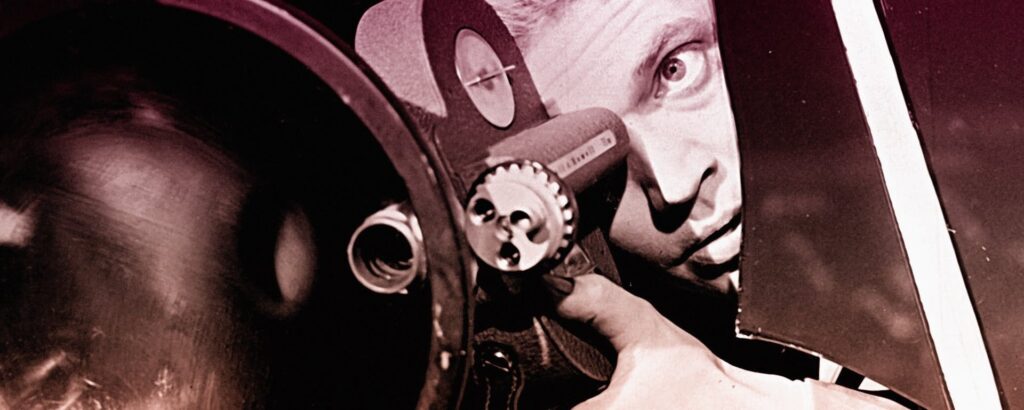
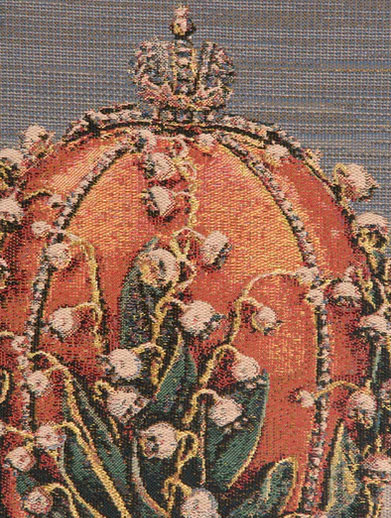
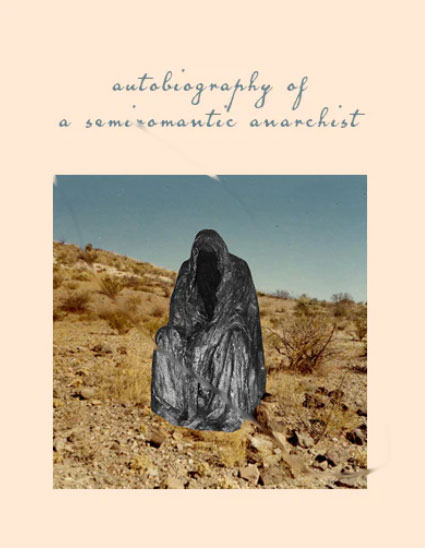


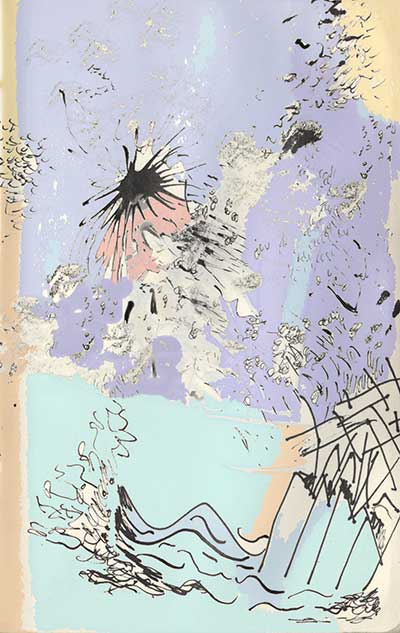

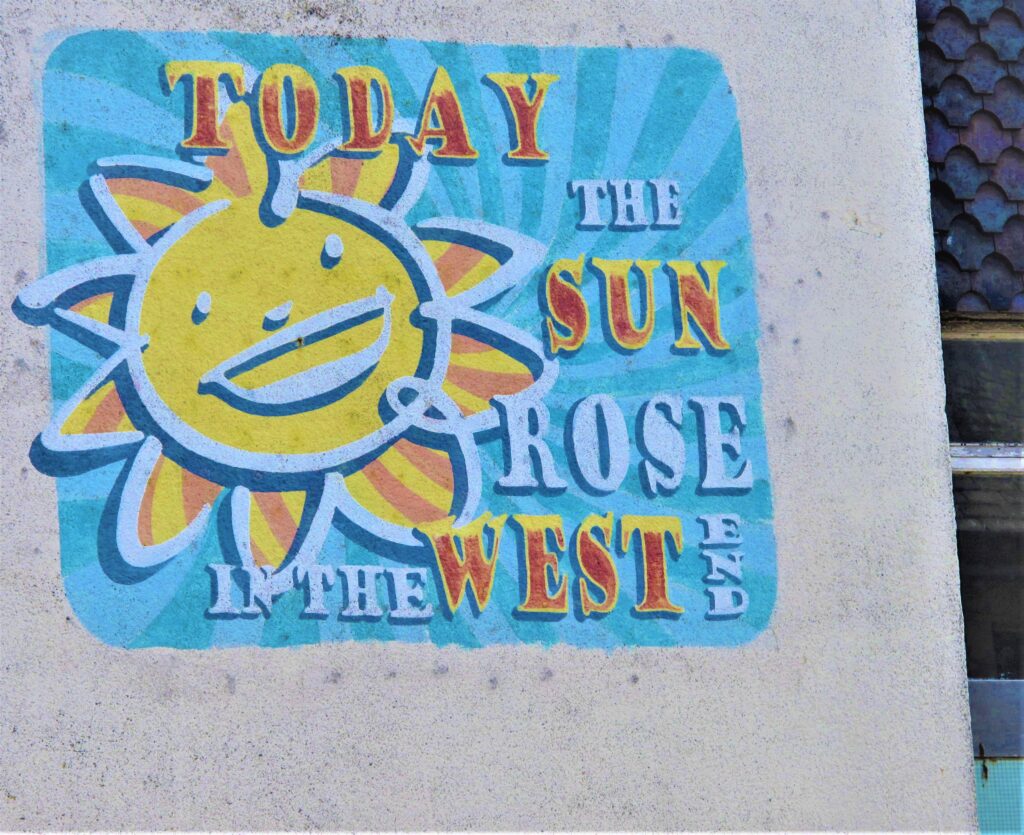


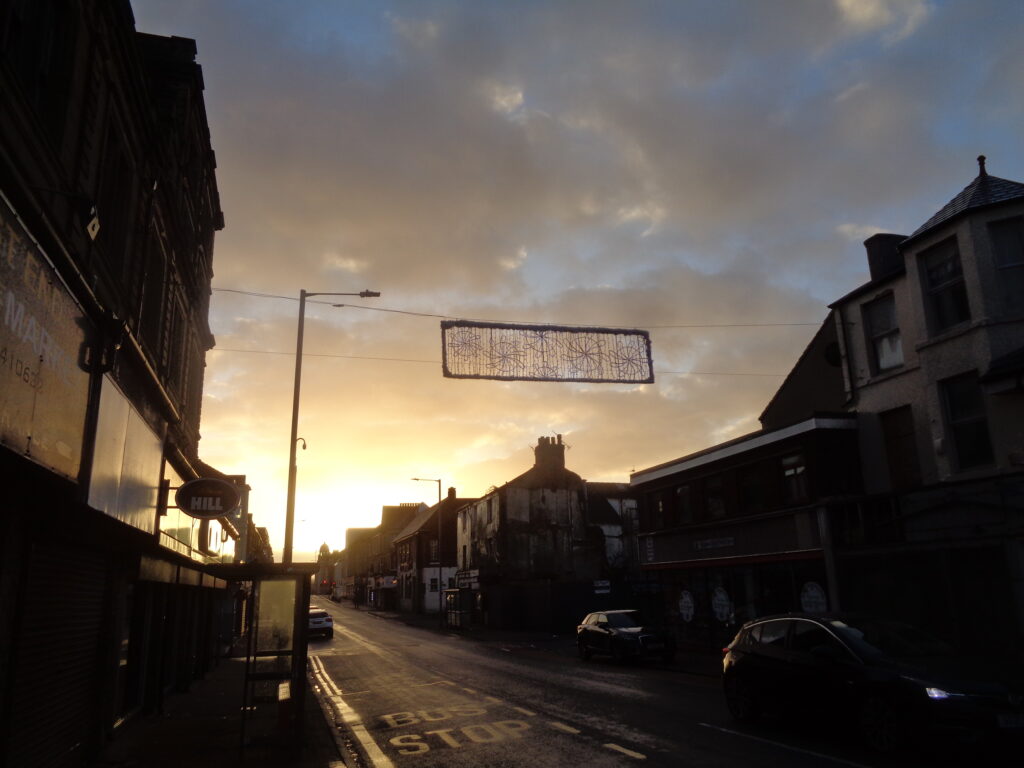
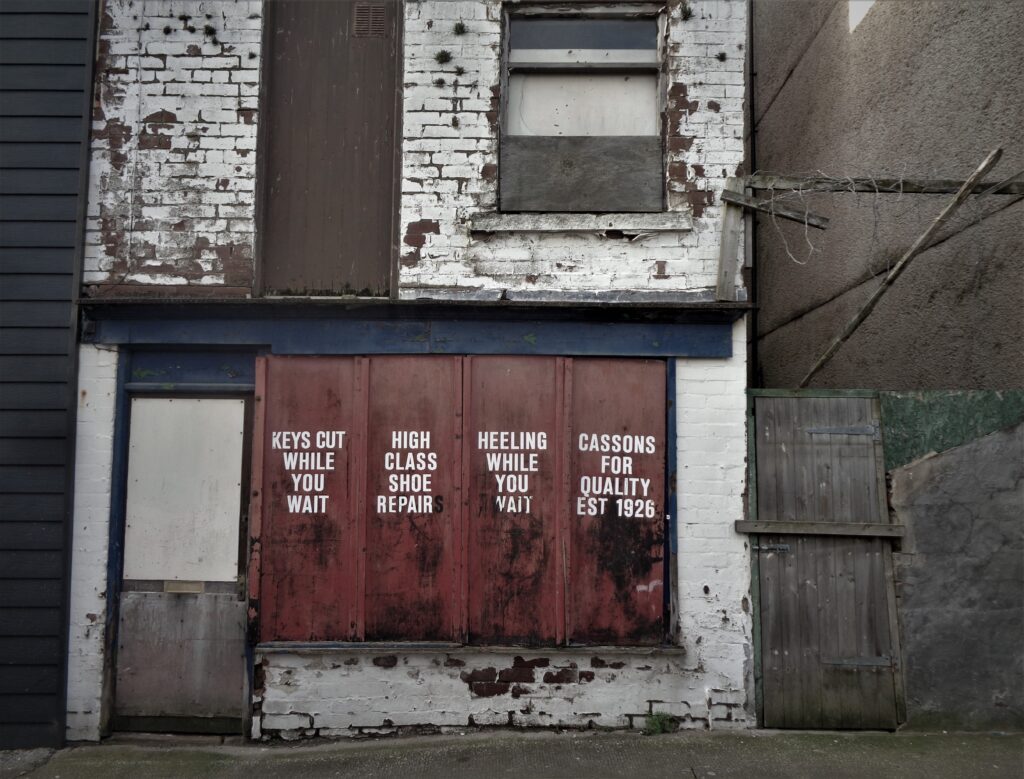










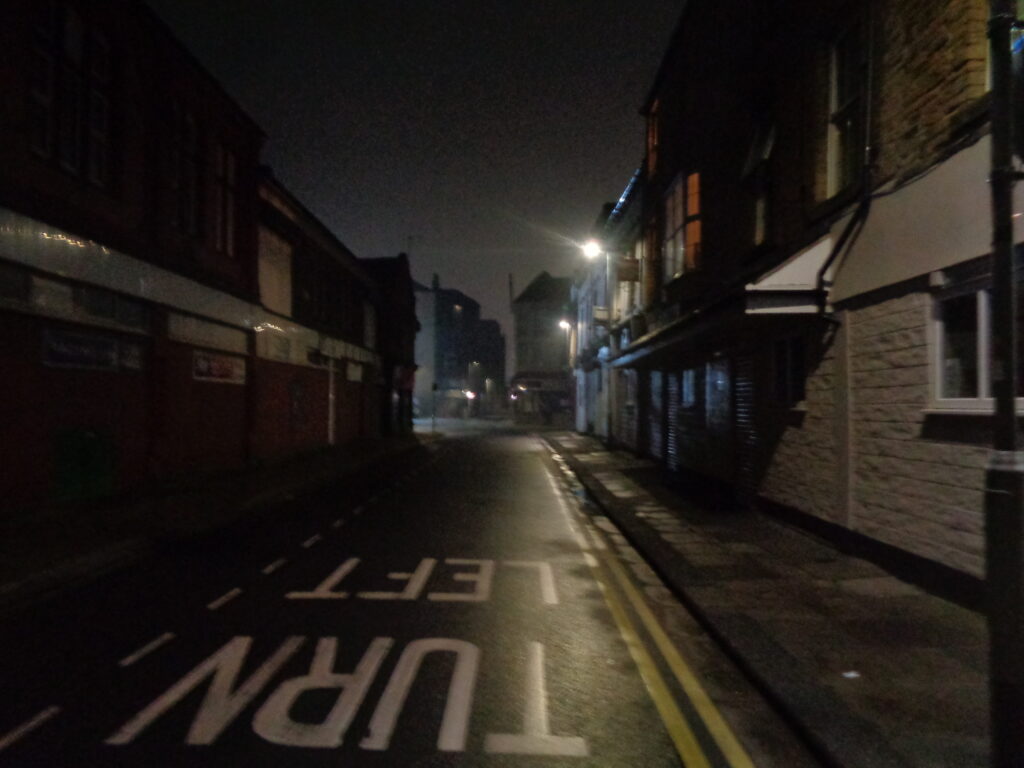




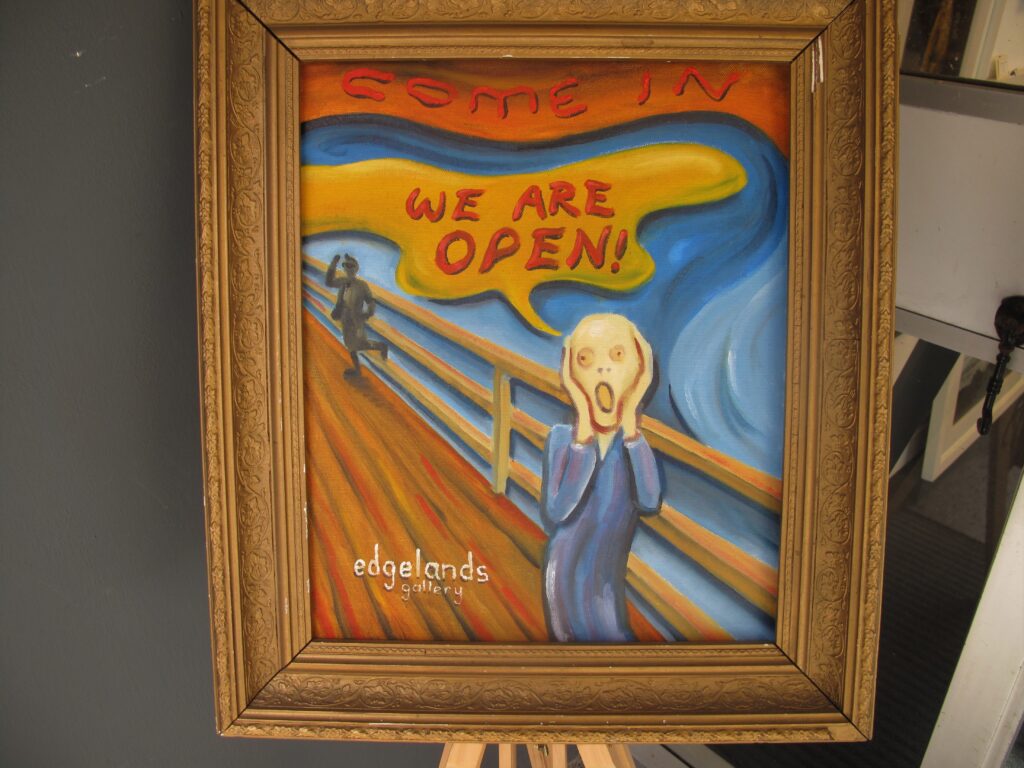





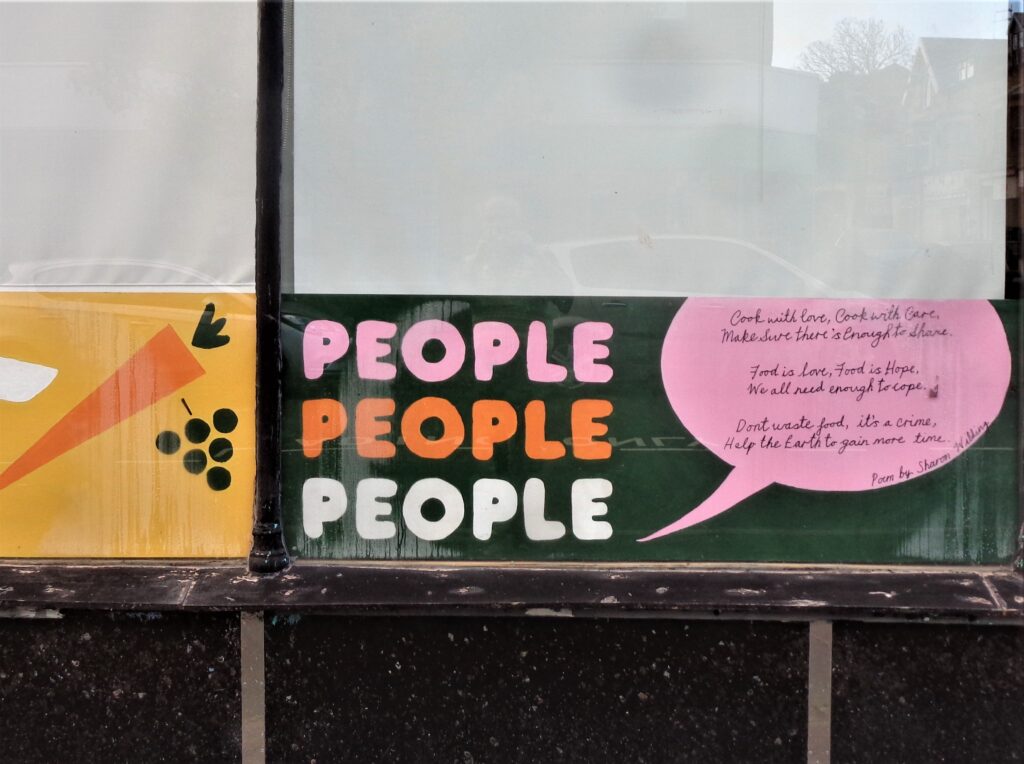


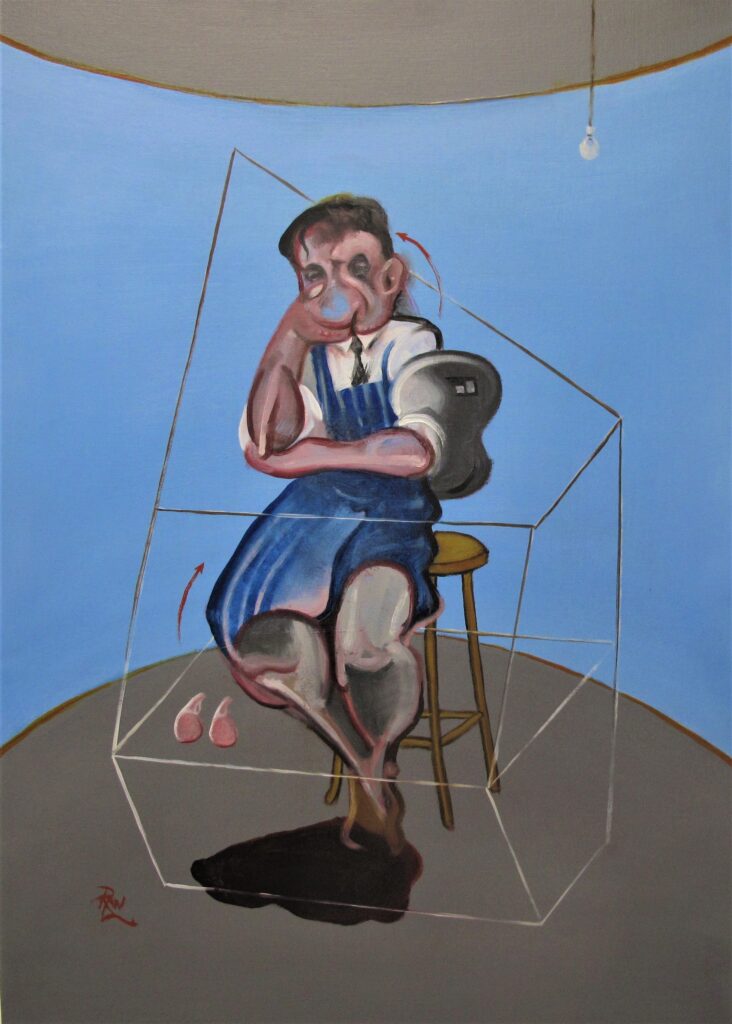


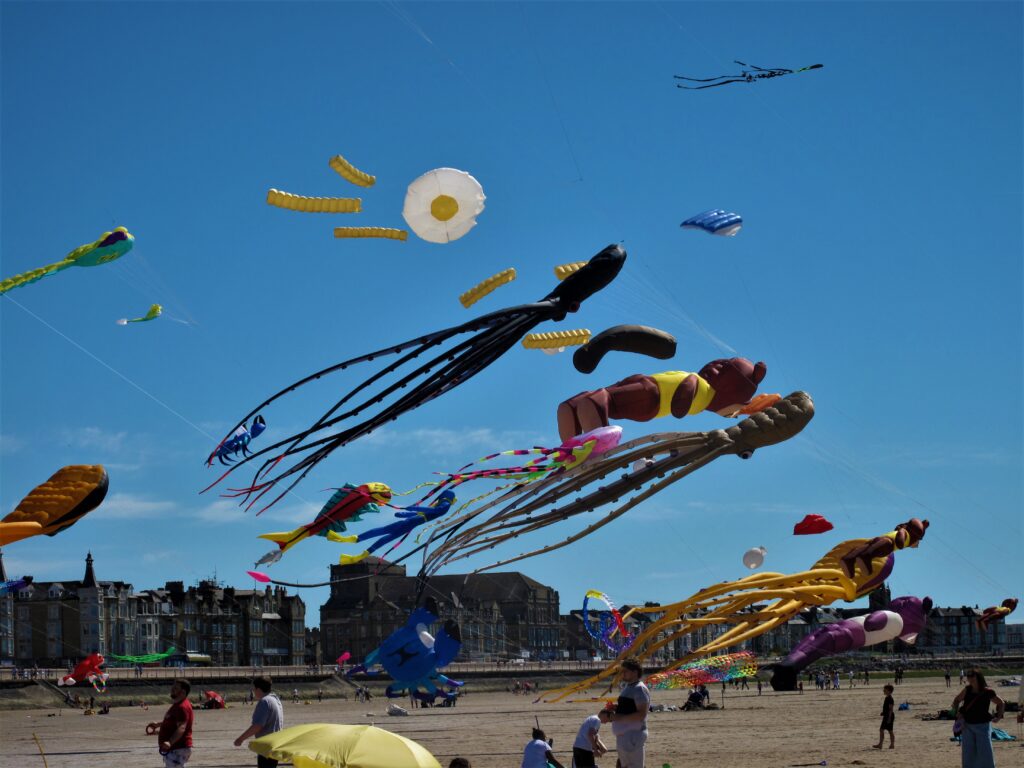
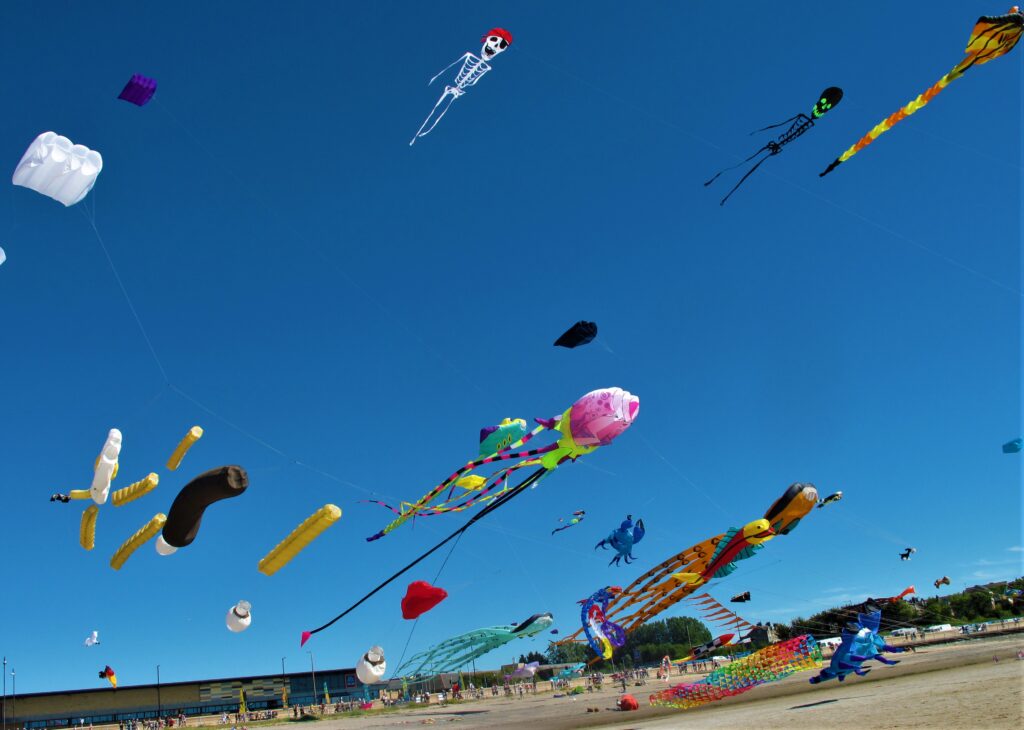
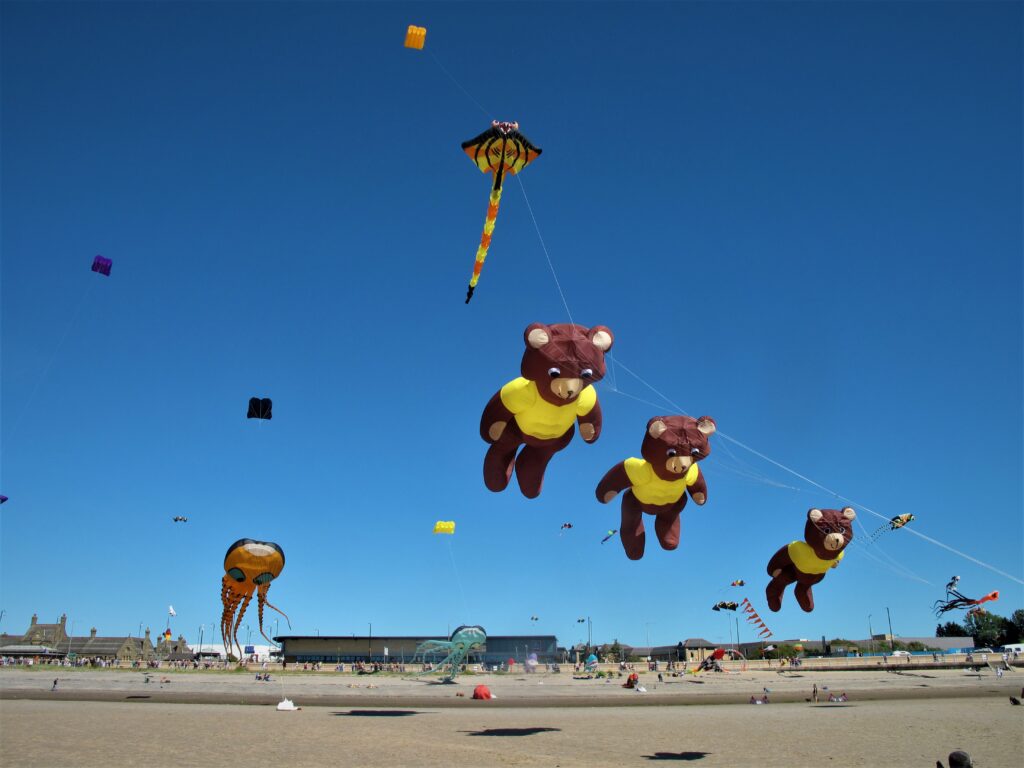
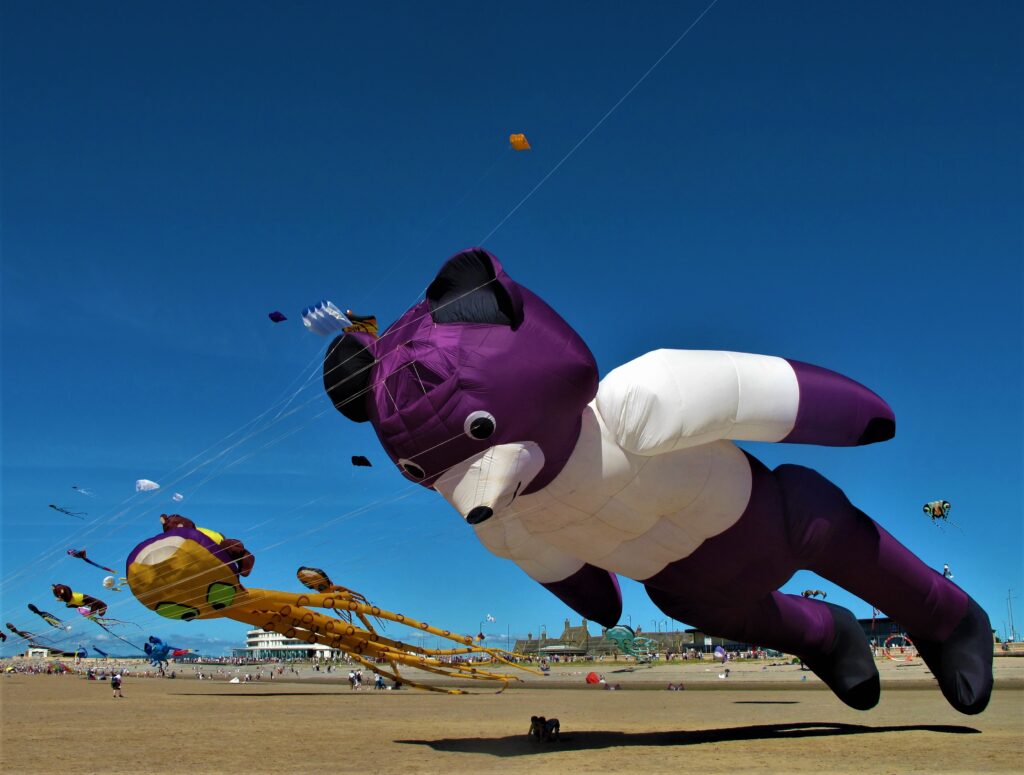
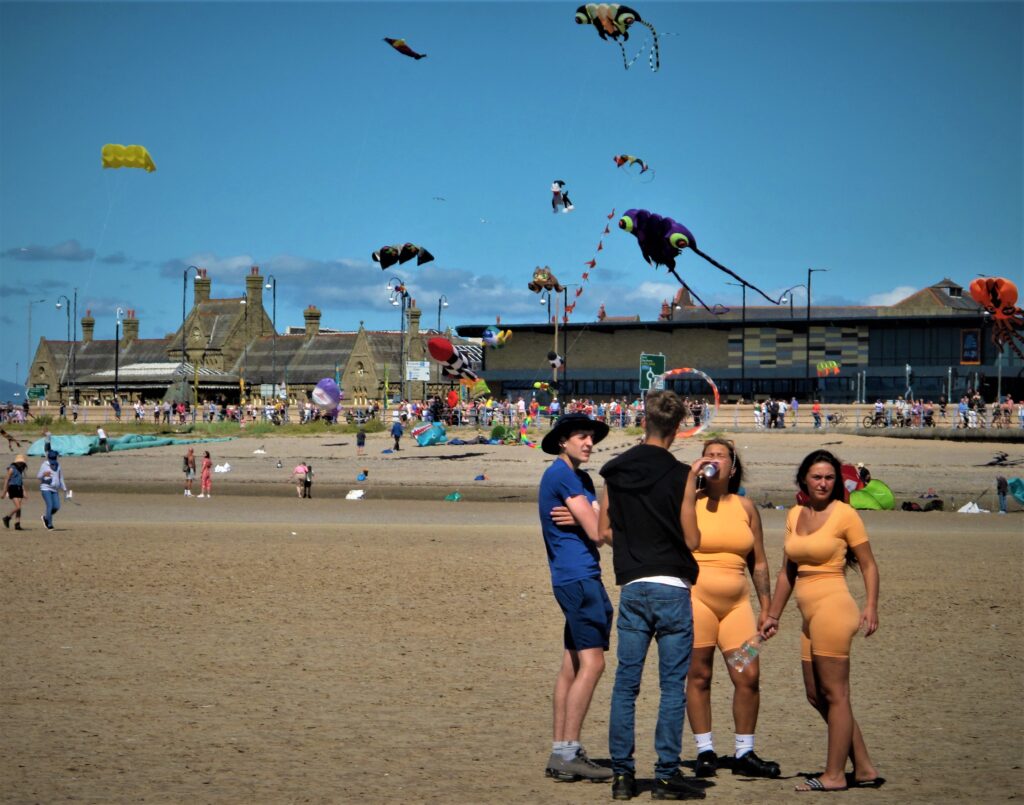
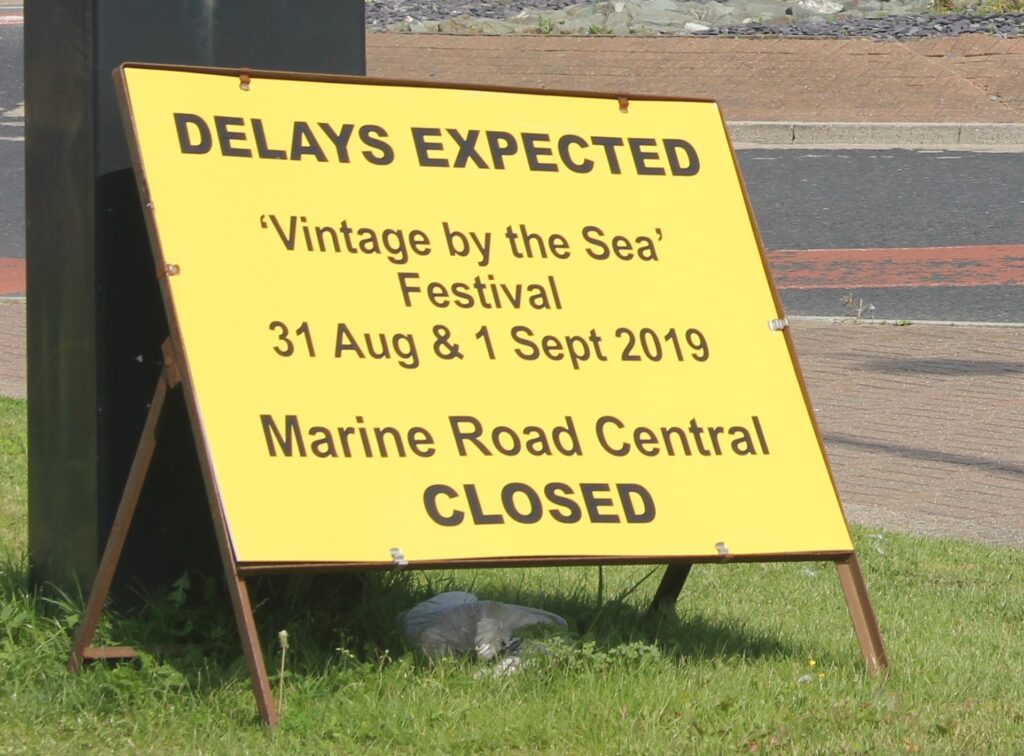


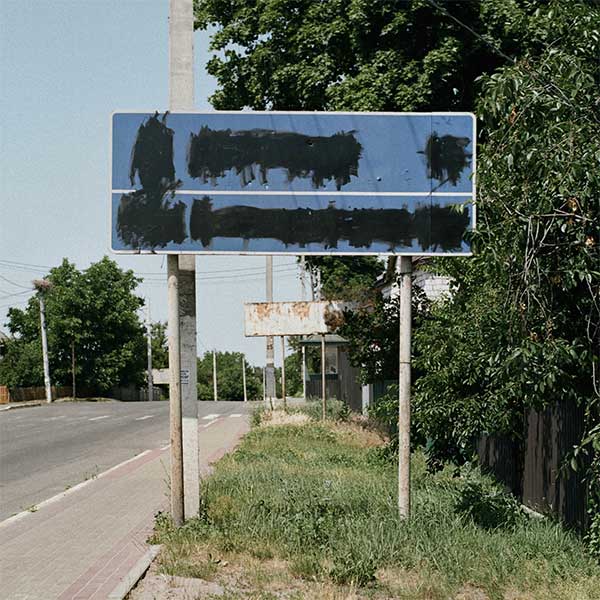

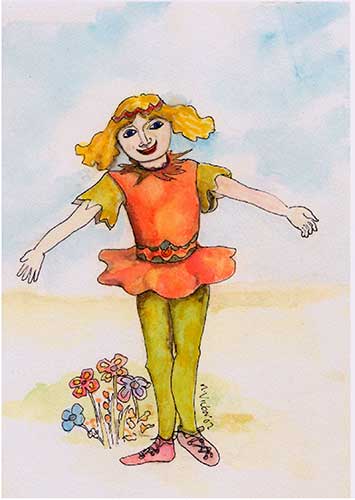
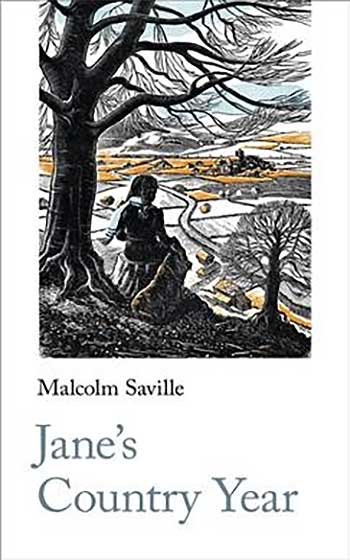

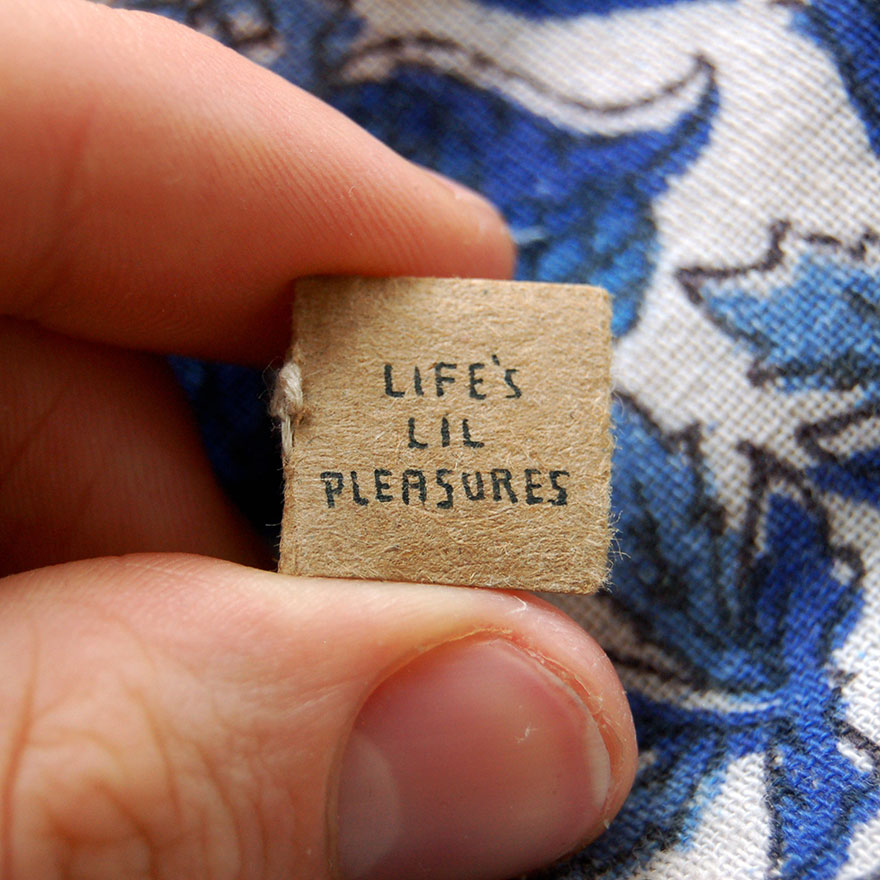
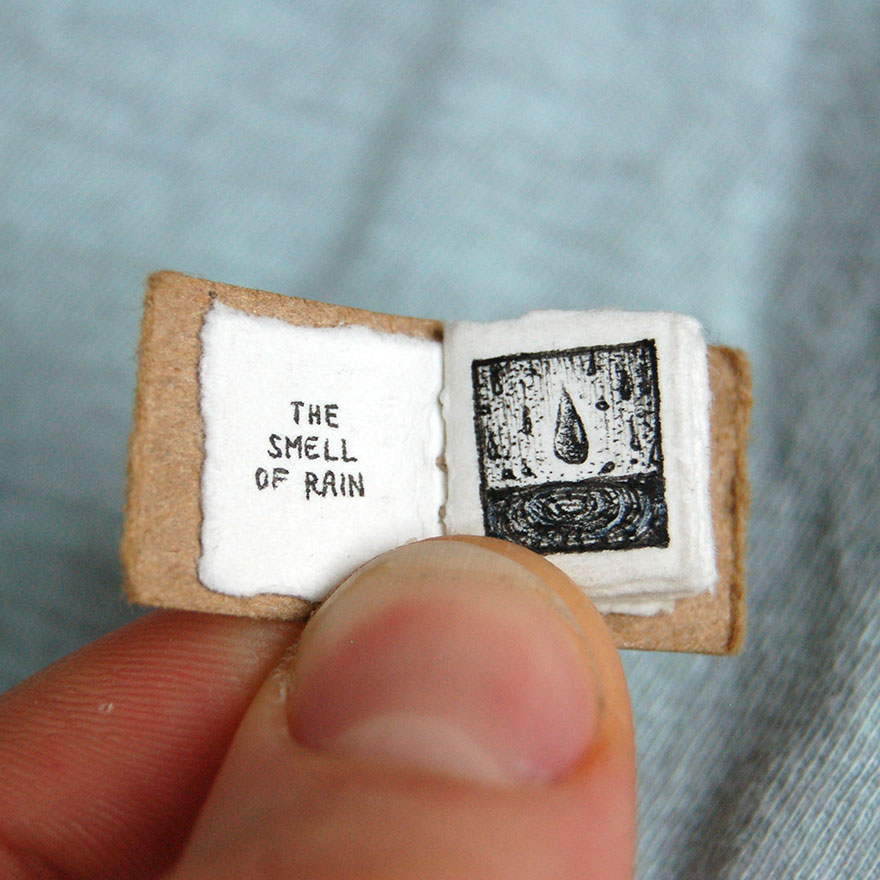
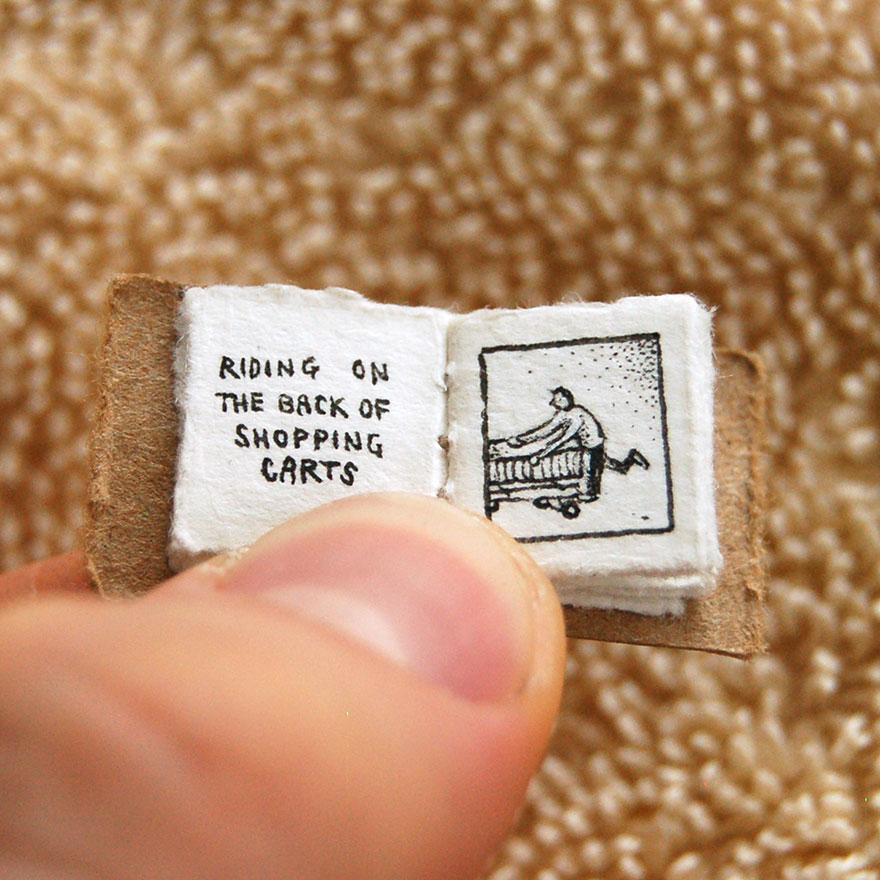
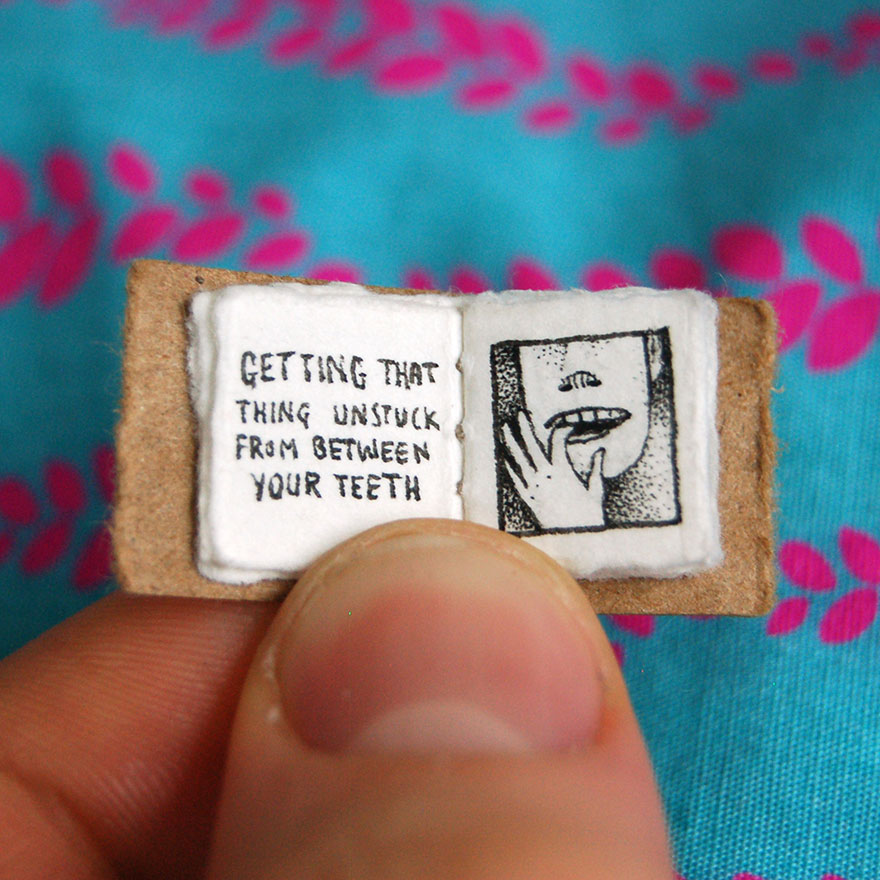
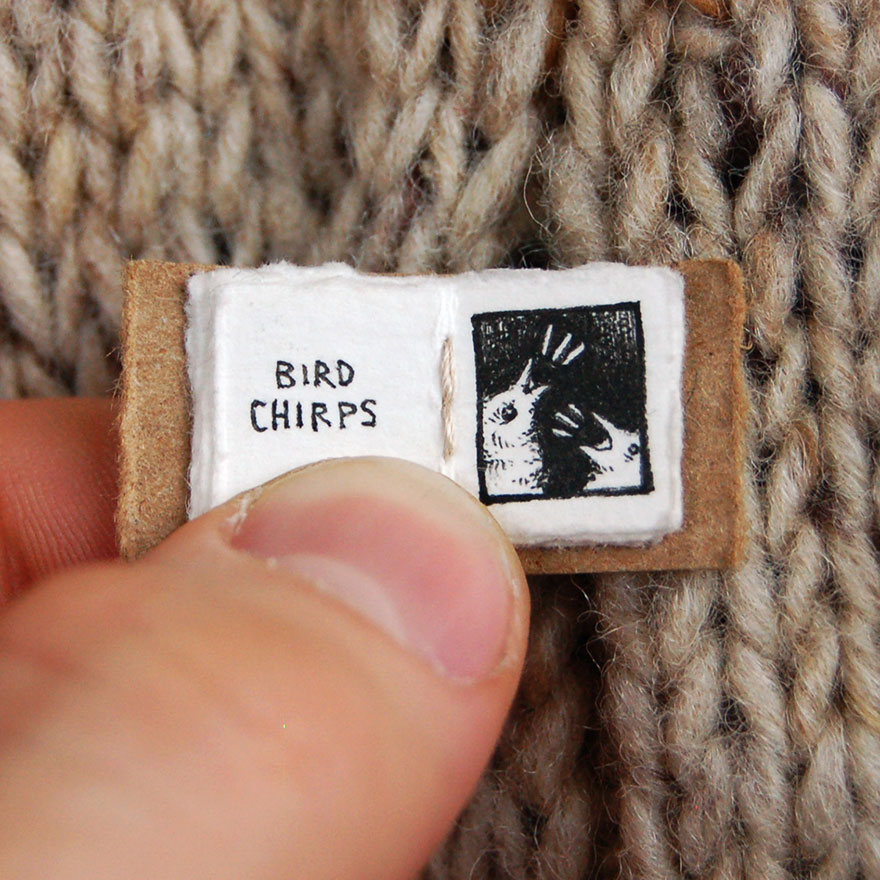
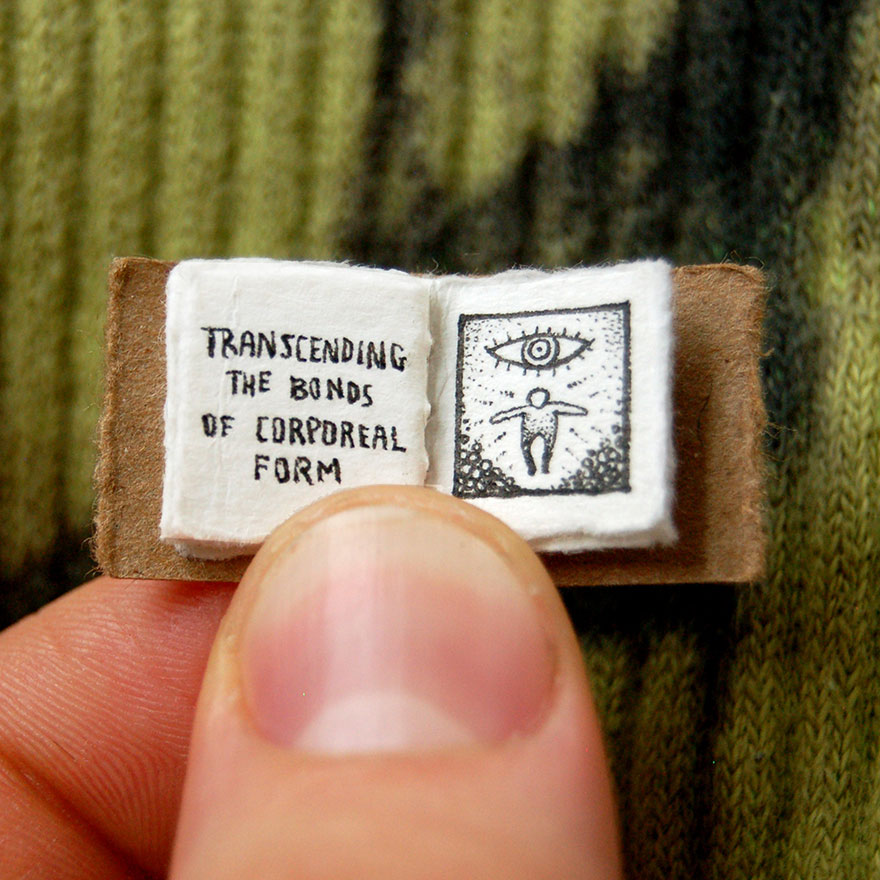
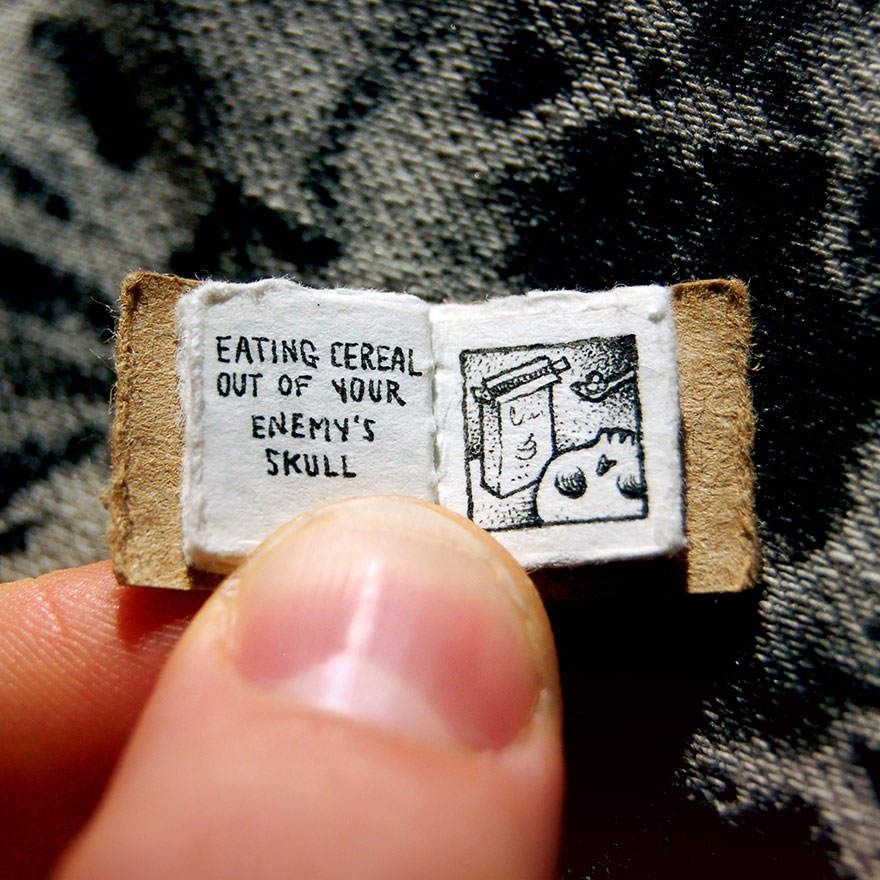
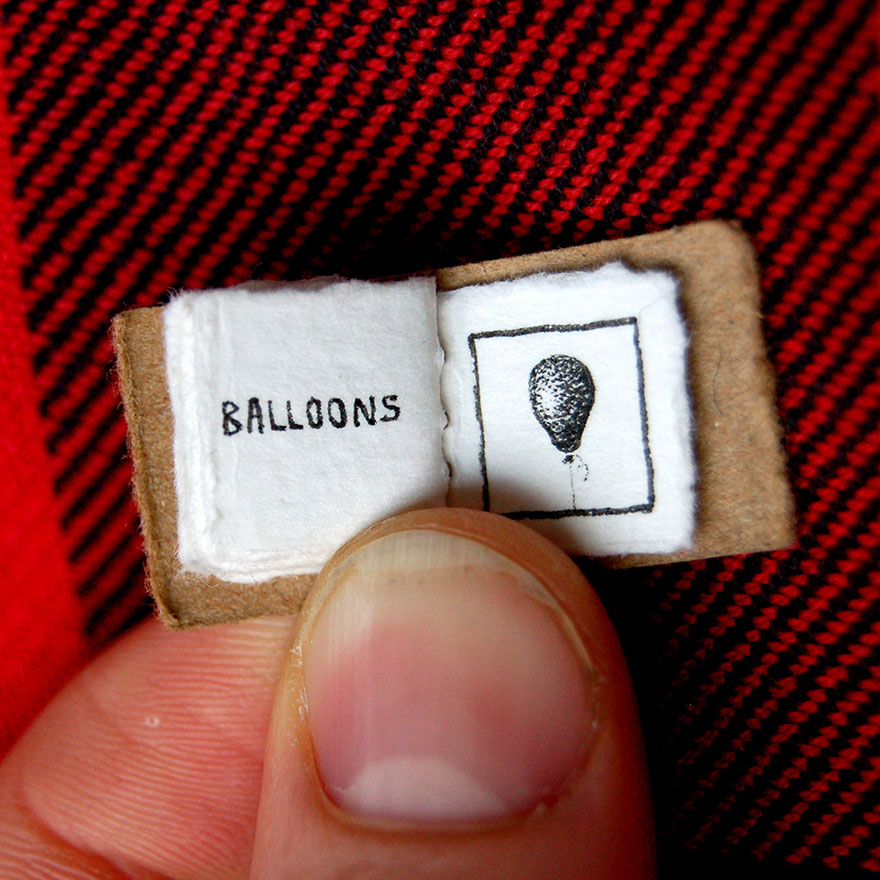
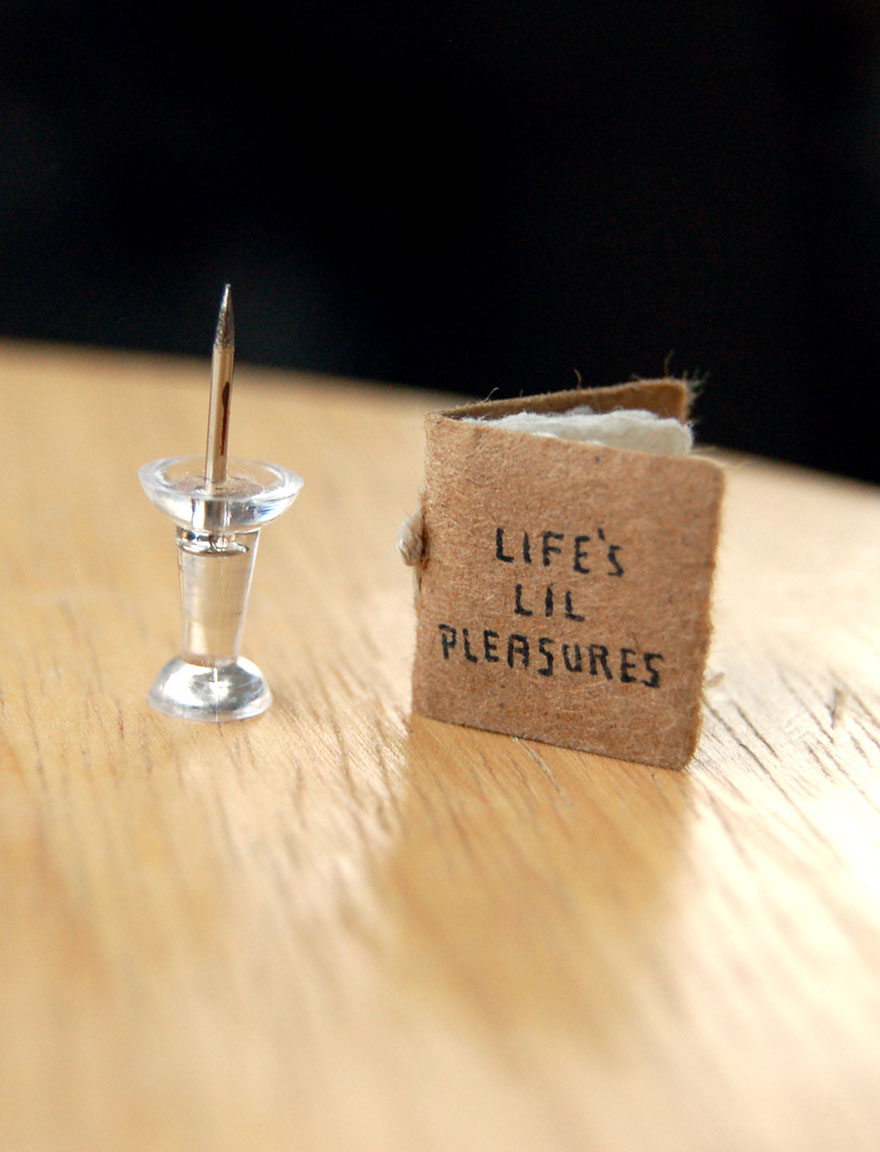
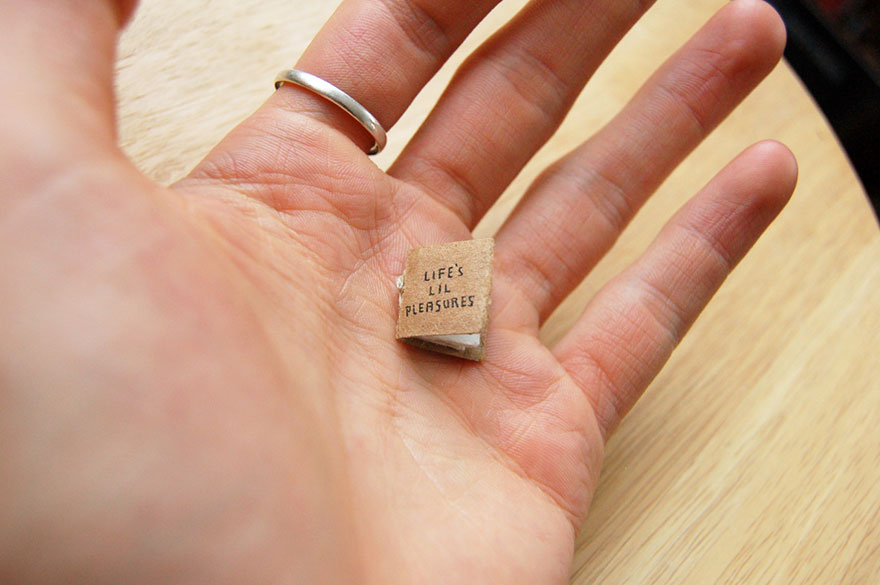

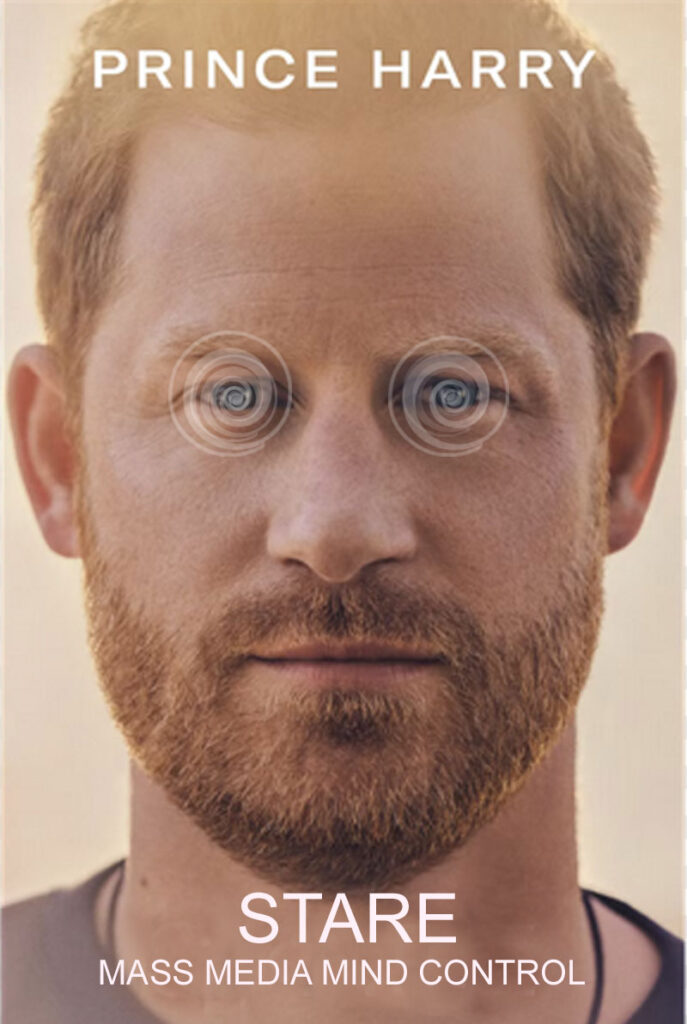

















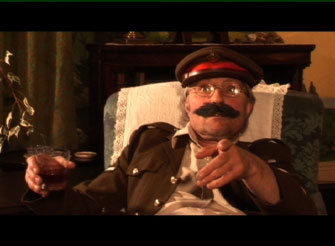



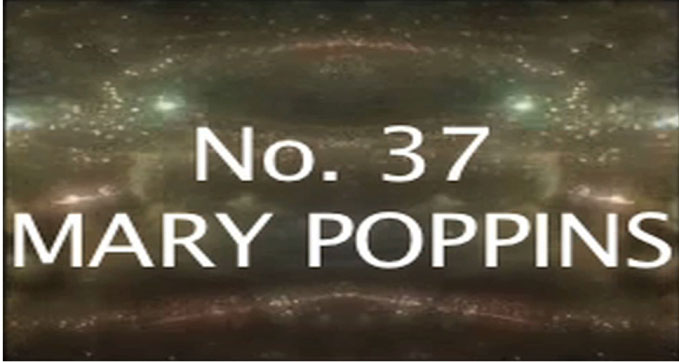
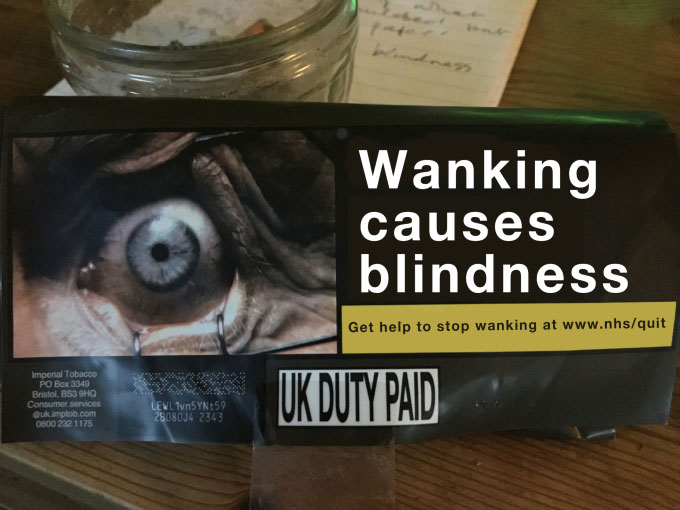


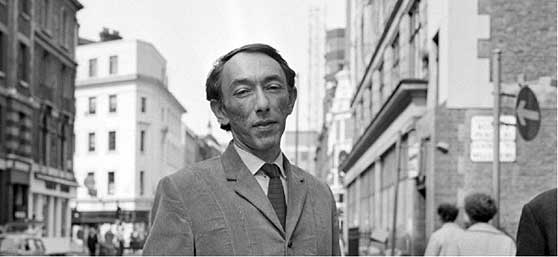
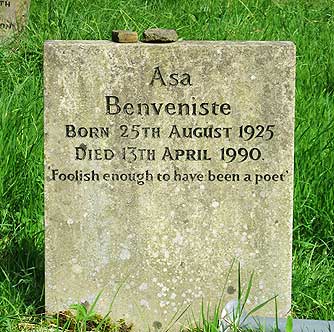
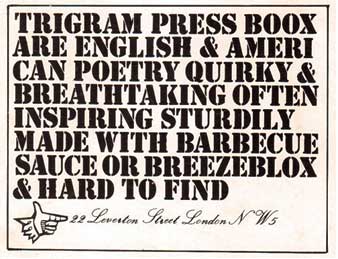
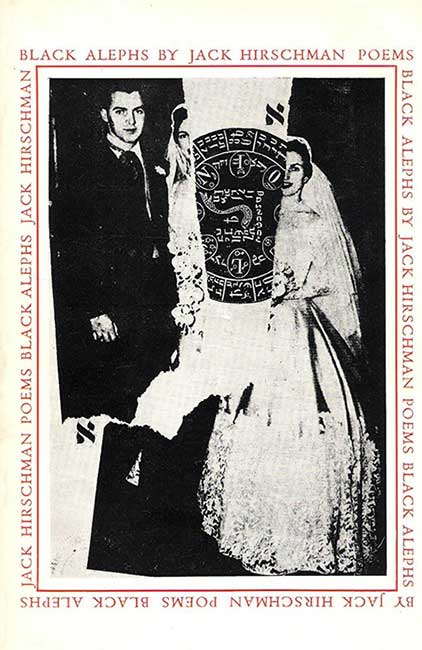
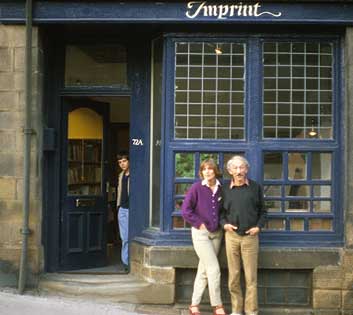
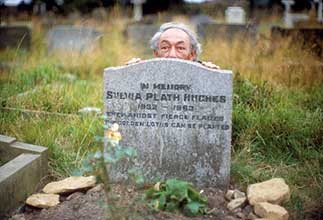
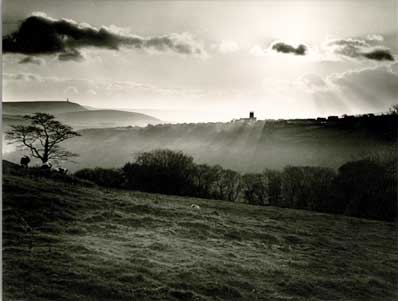
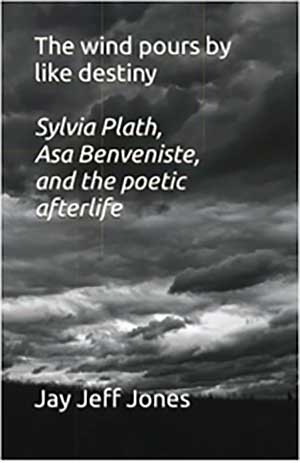

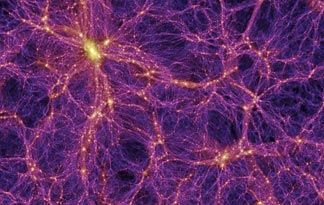
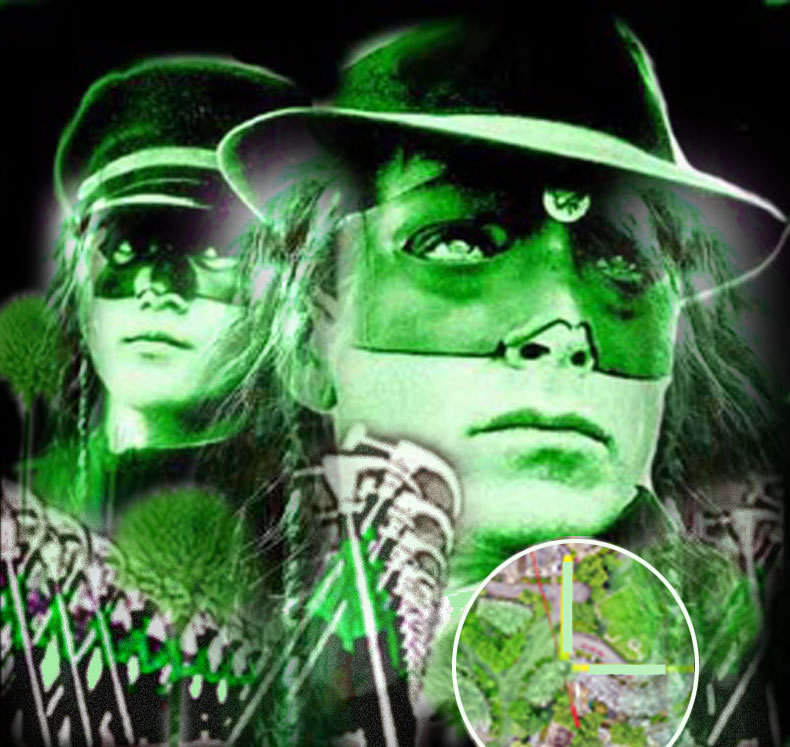

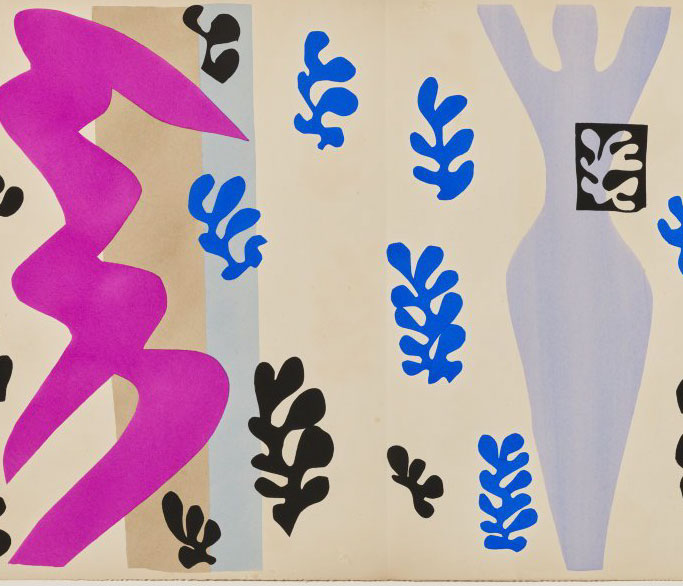


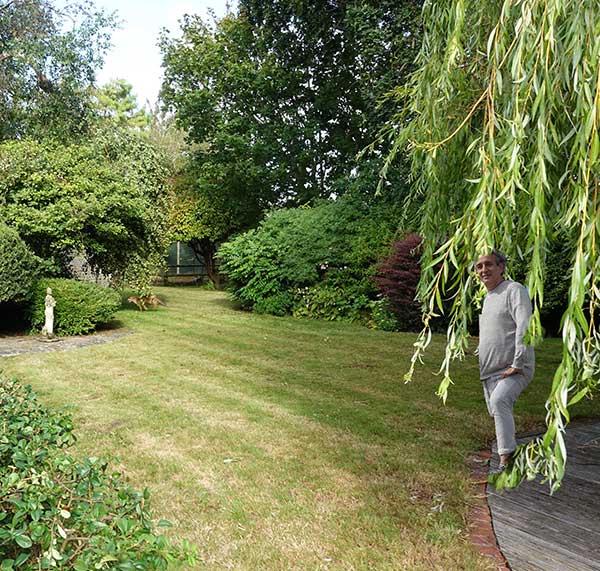
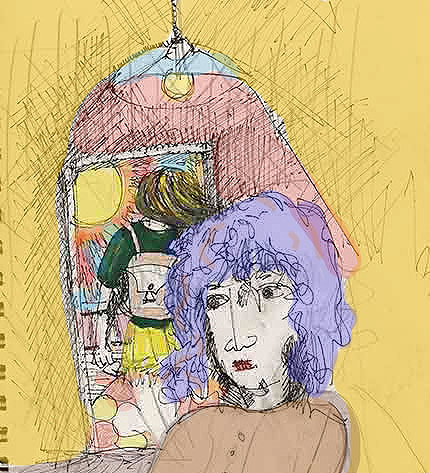











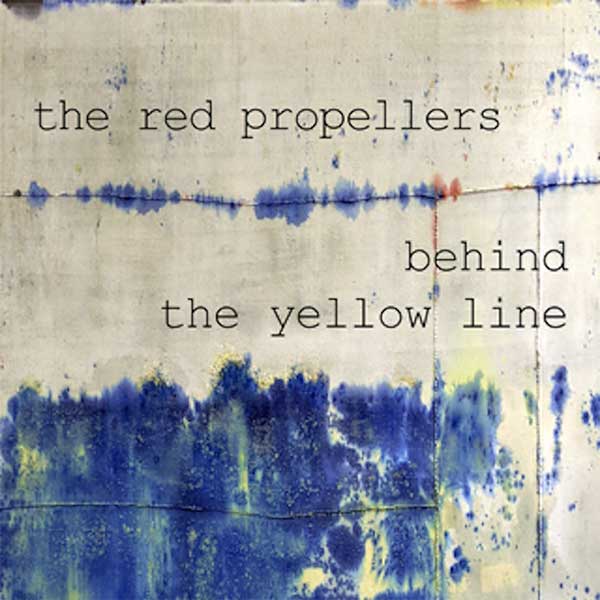
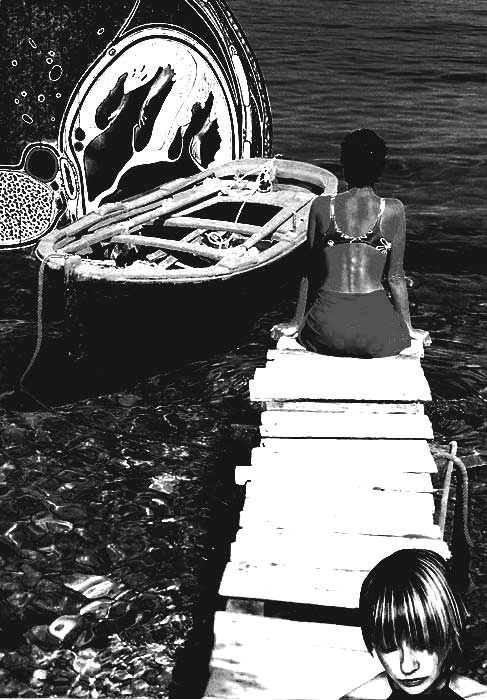



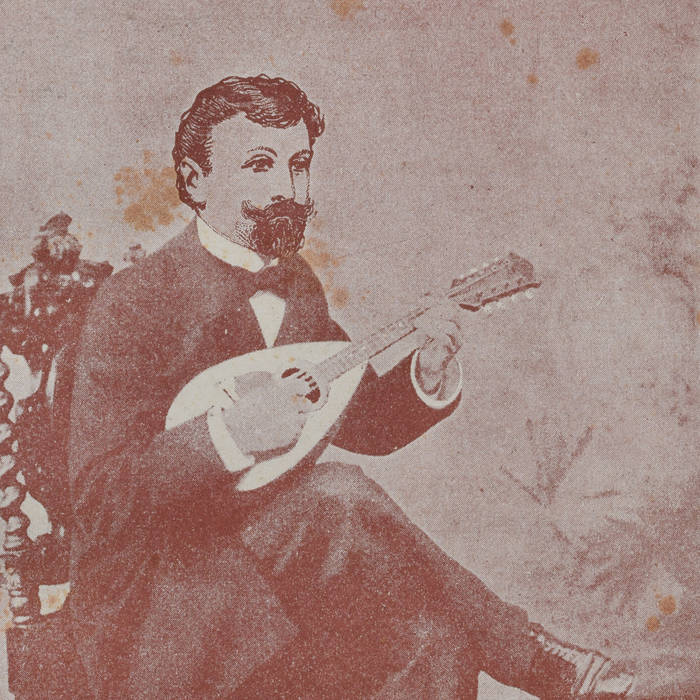

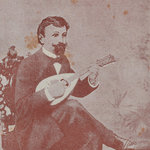
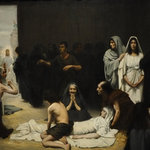
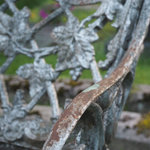

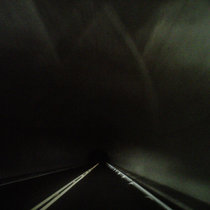



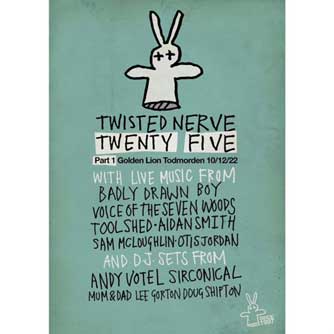


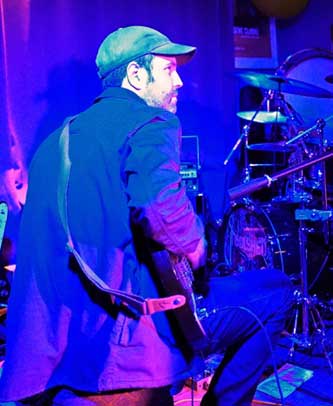



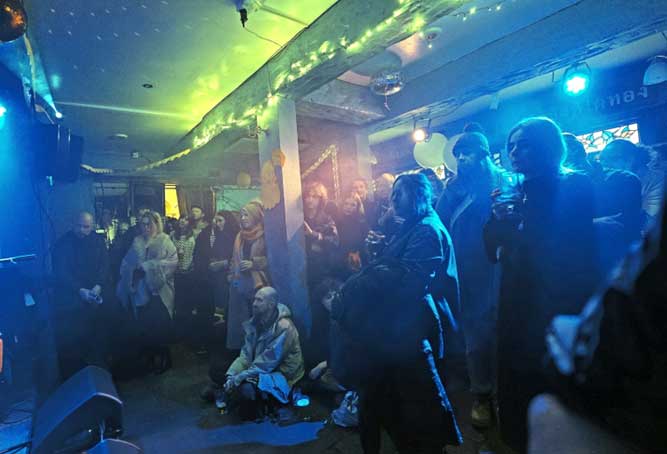

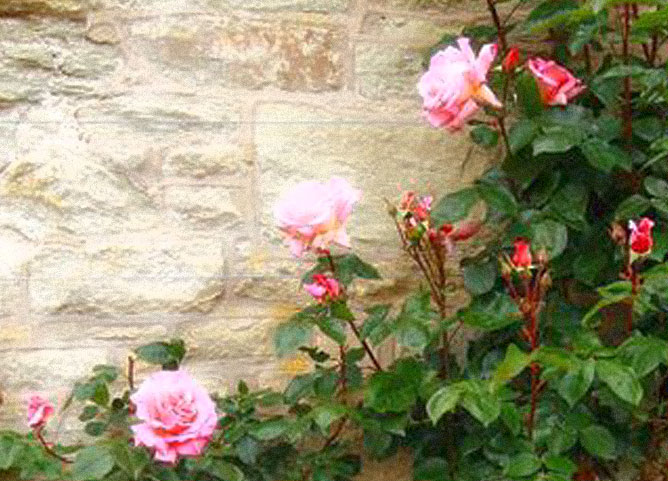
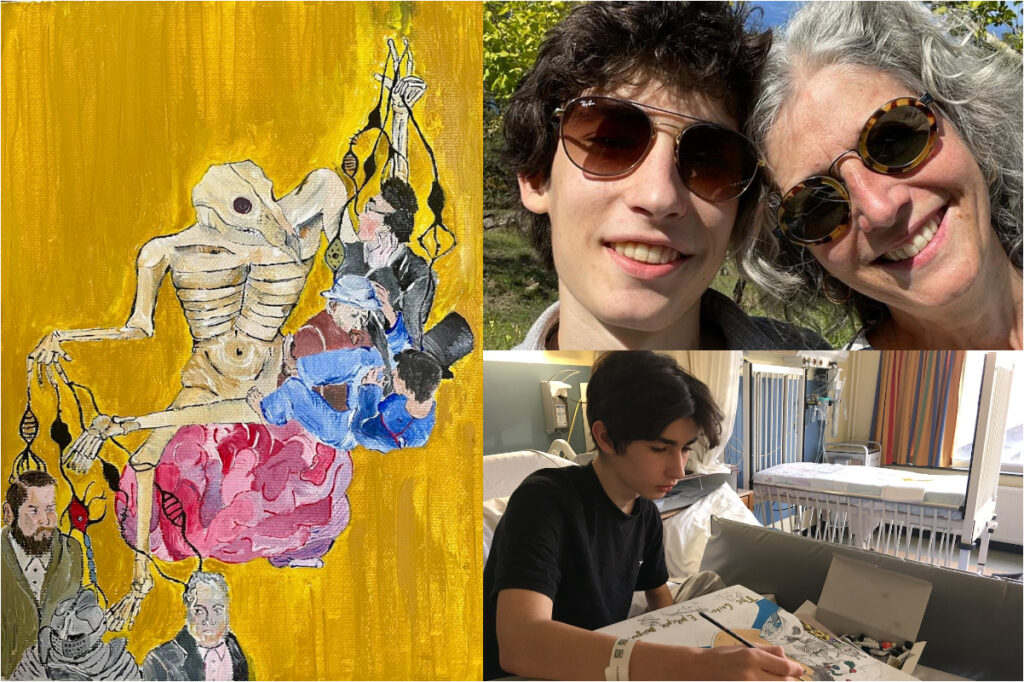

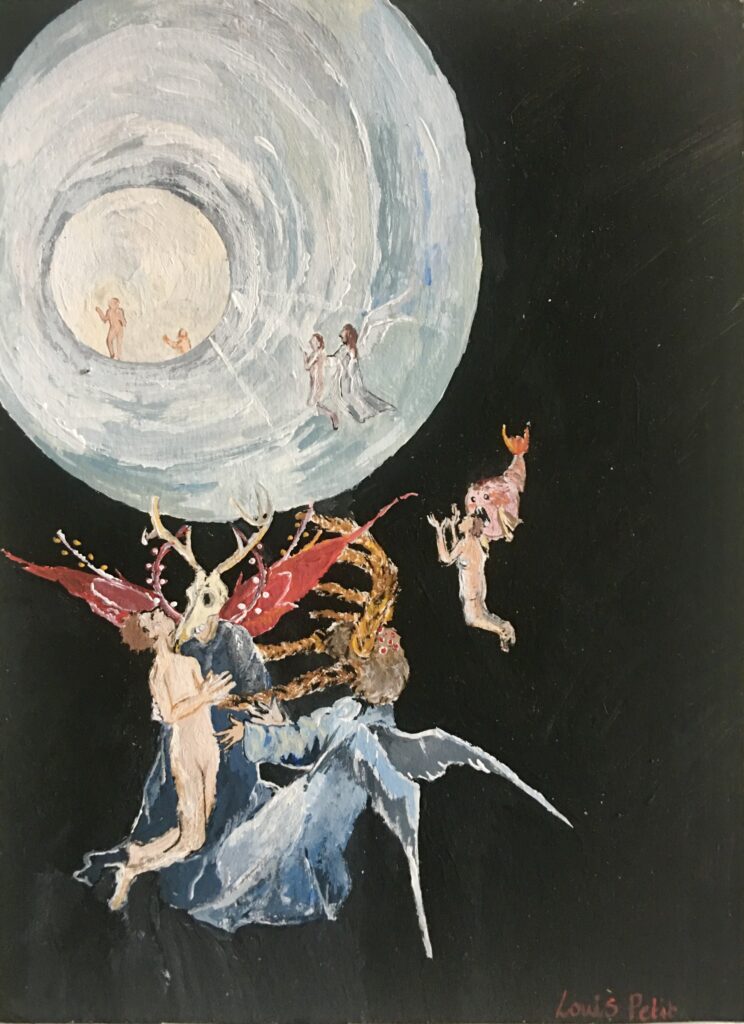
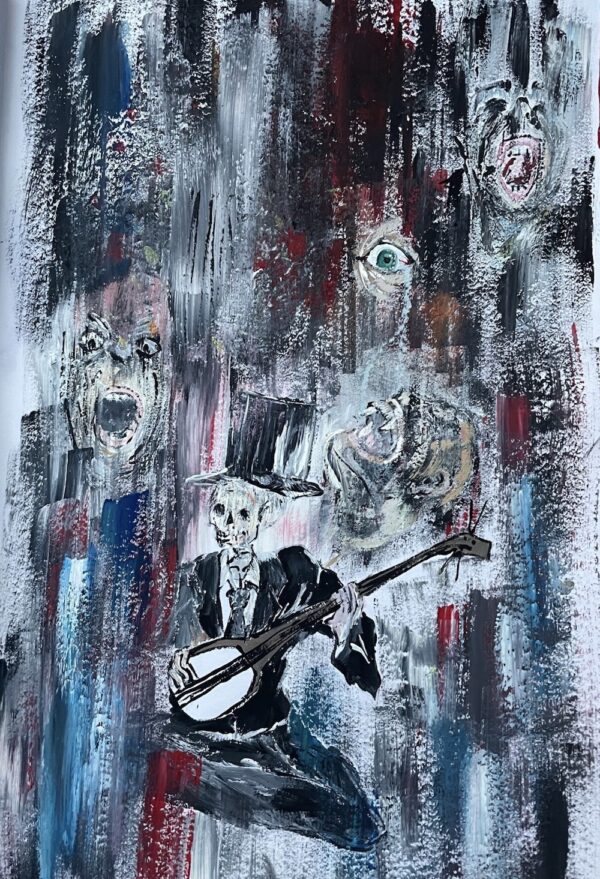
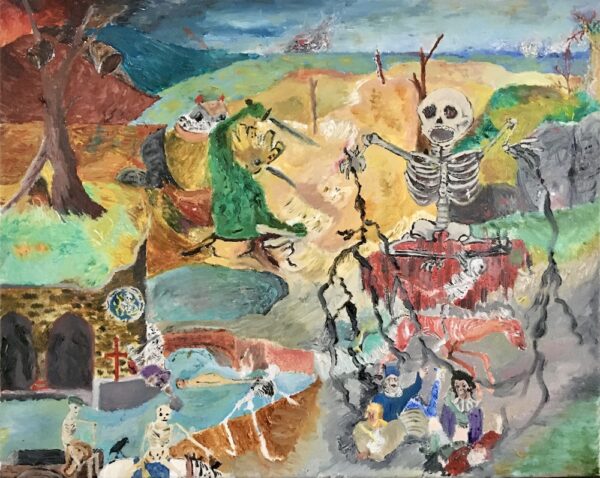



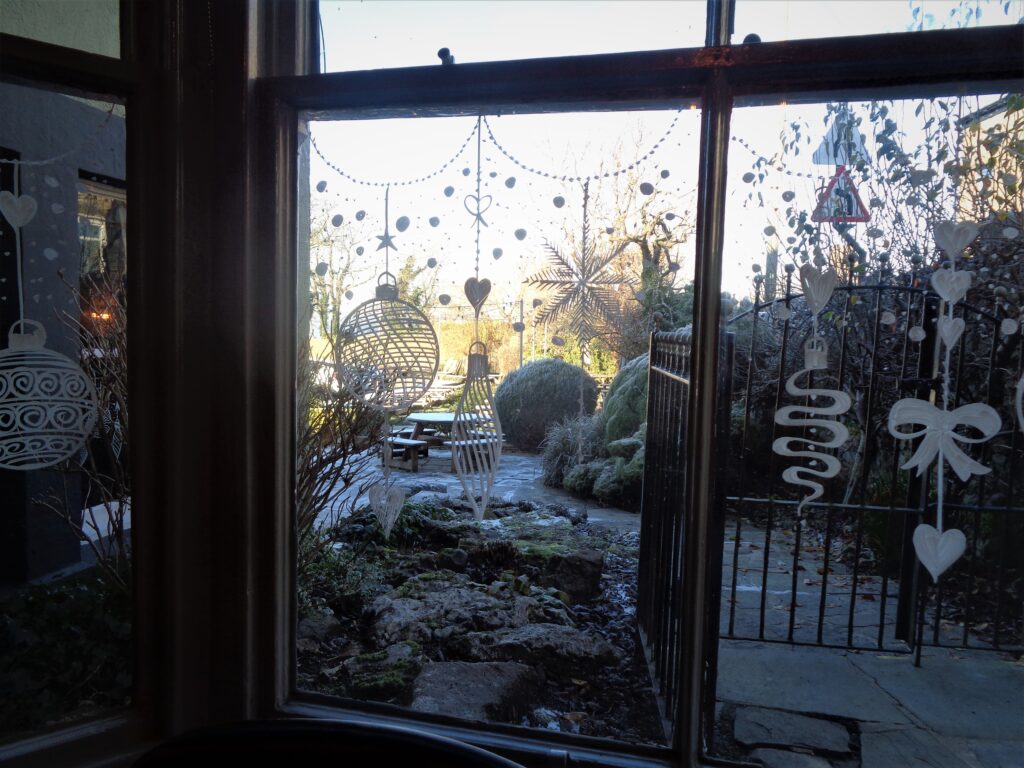
 No hymn books block this frozen canal . . . Hest Bank 12th December 2022
No hymn books block this frozen canal . . . Hest Bank 12th December 2022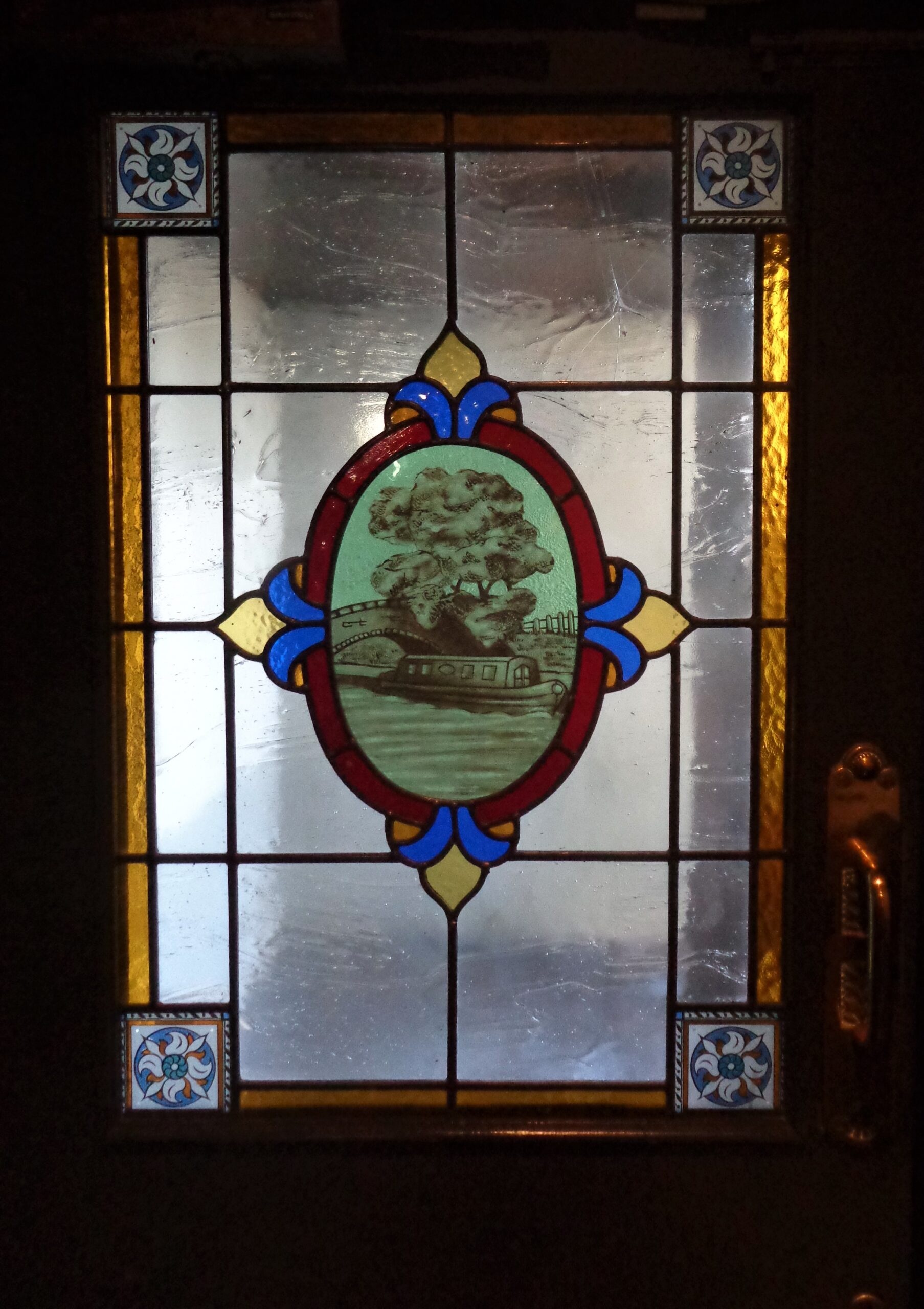
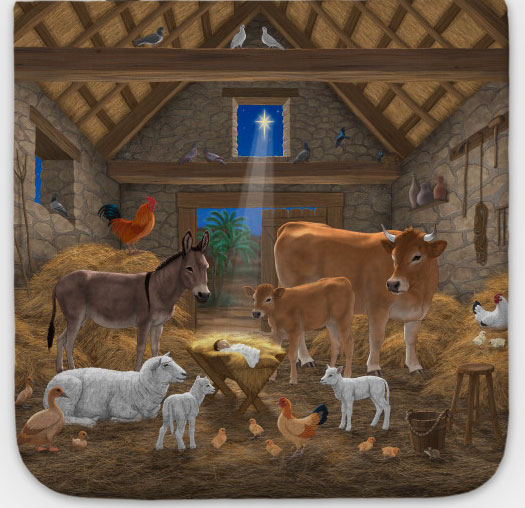
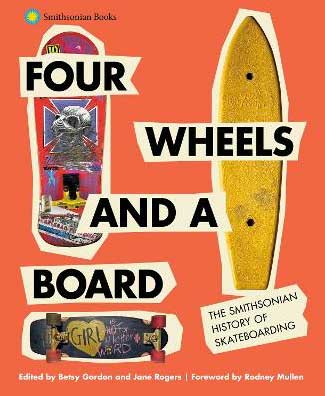
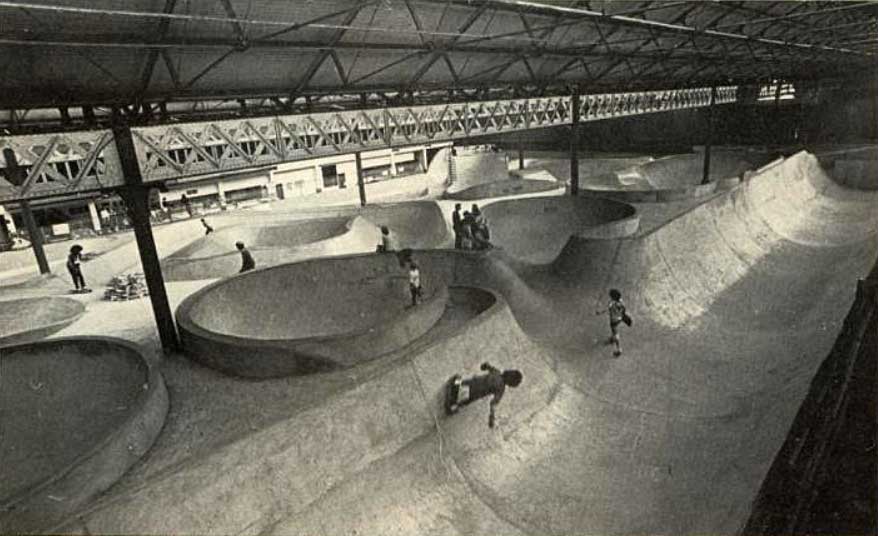

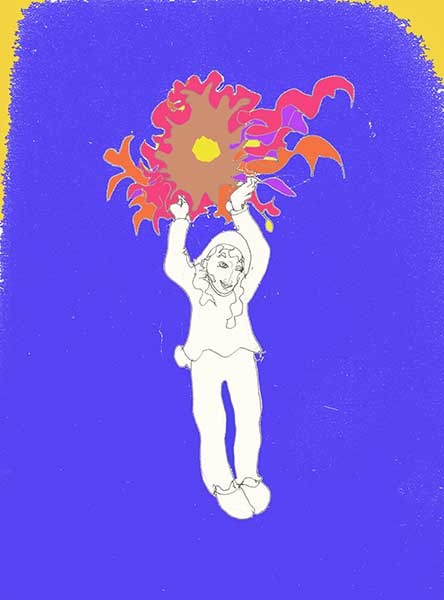




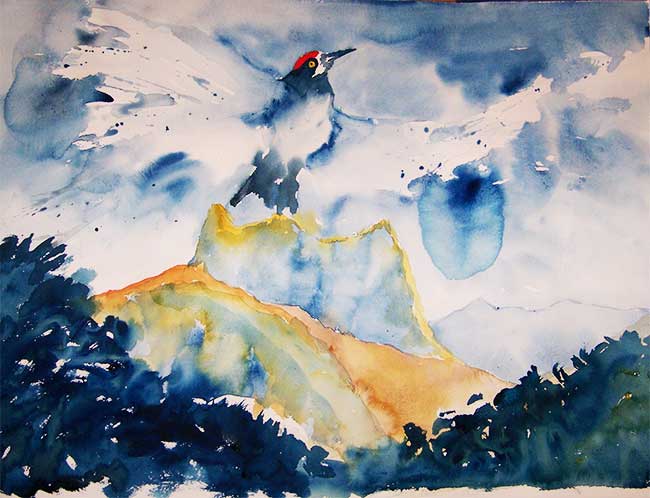

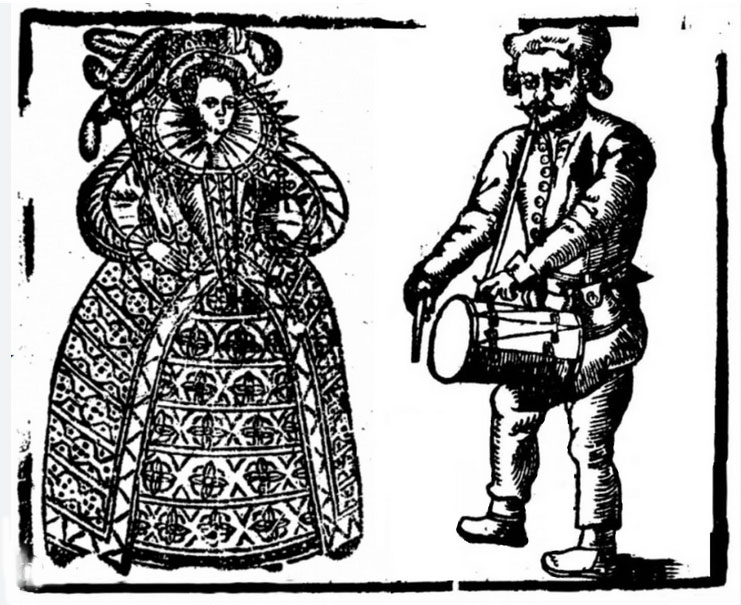


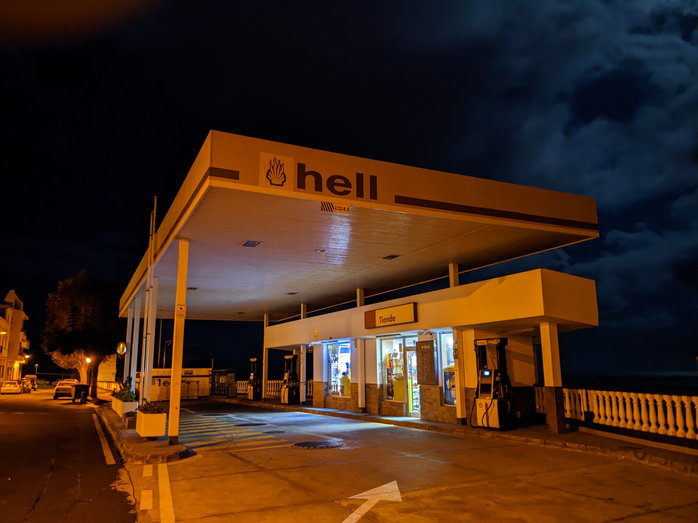
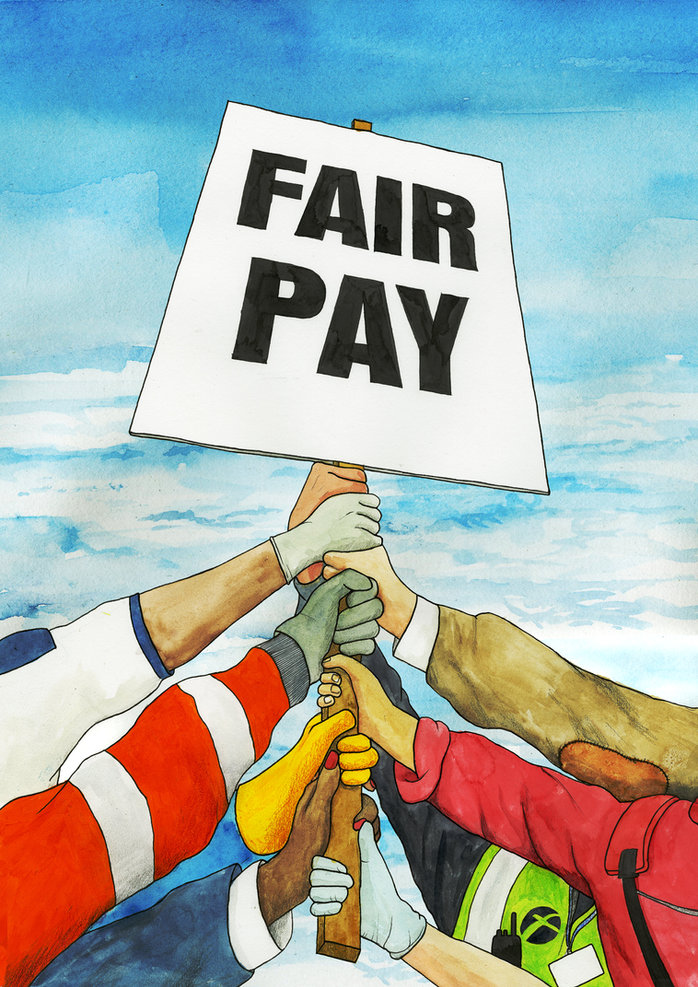

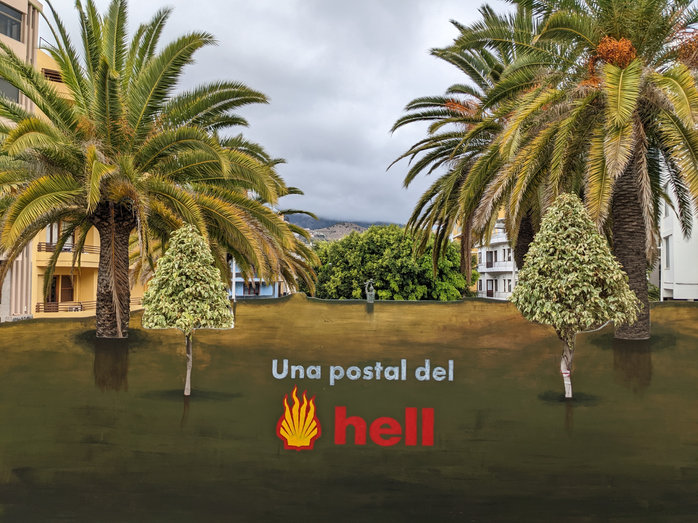
 painting forced perspective photo opportunity in Los Llanos De Aridane in La Palma, so tourists could take a postcard photo of what the city could look like after a fossil fuel powered flood.
painting forced perspective photo opportunity in Los Llanos De Aridane in La Palma, so tourists could take a postcard photo of what the city could look like after a fossil fuel powered flood.
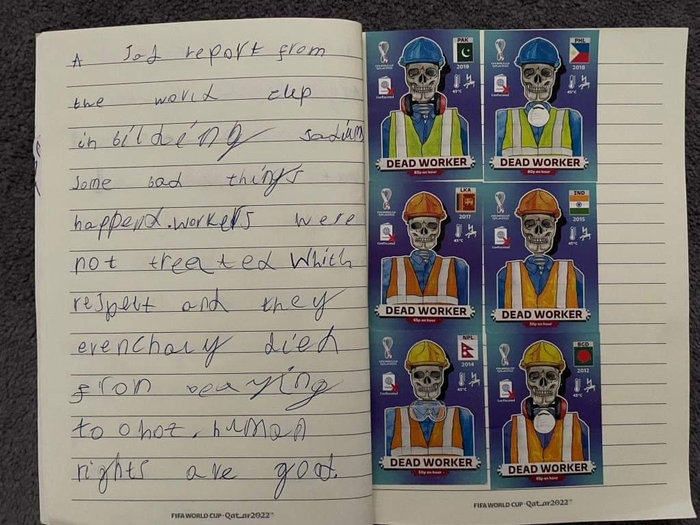 “A sad report from the world cup. In building stadiums some bad things happened. Workers were not treated with respect and they eventually died from being too hot. Human rights are good.”
“A sad report from the world cup. In building stadiums some bad things happened. Workers were not treated with respect and they eventually died from being too hot. Human rights are good.”
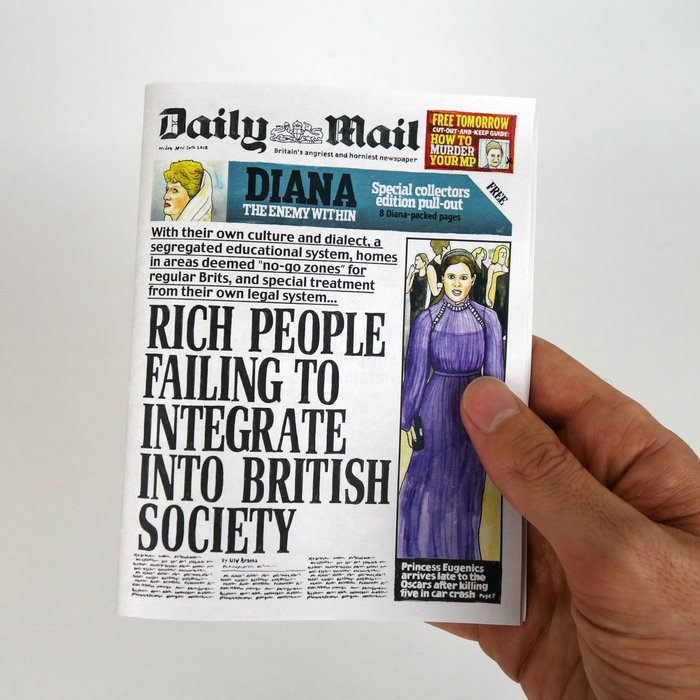



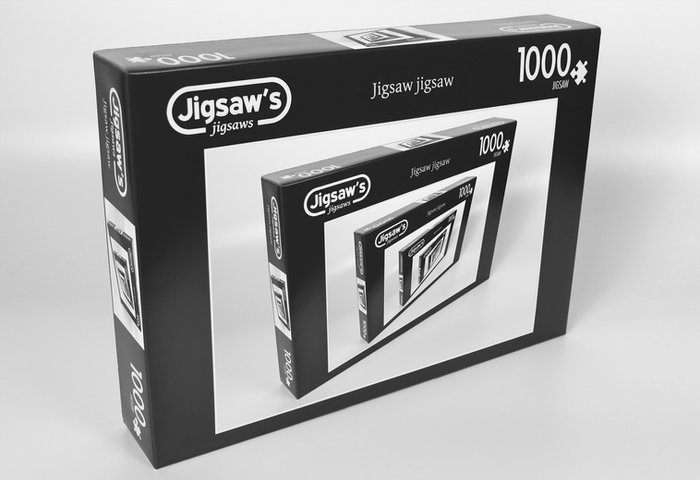


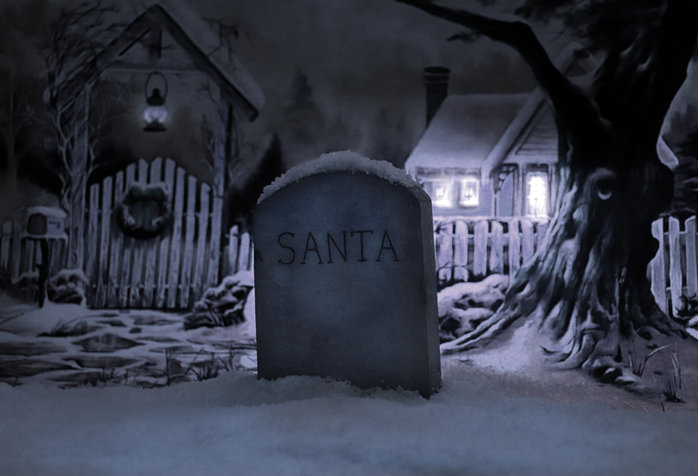
 I’ve a new bumper pack of
I’ve a new bumper pack of 
